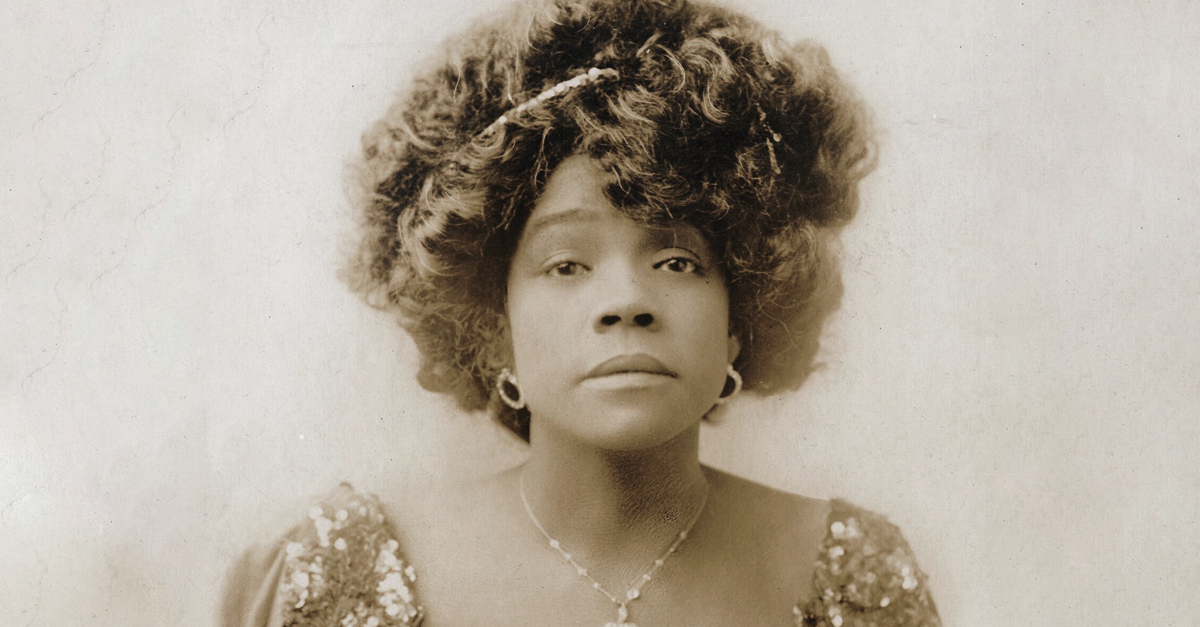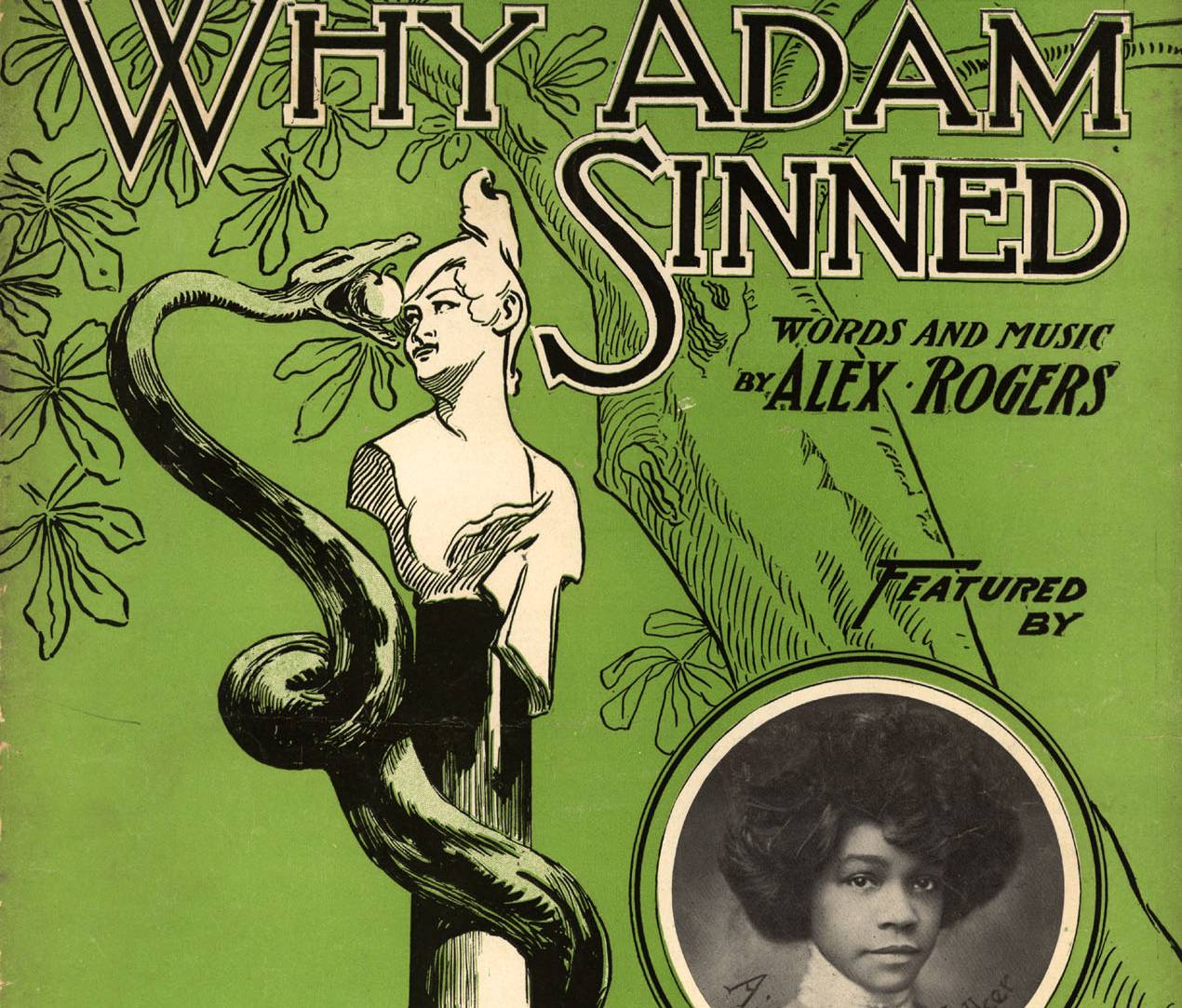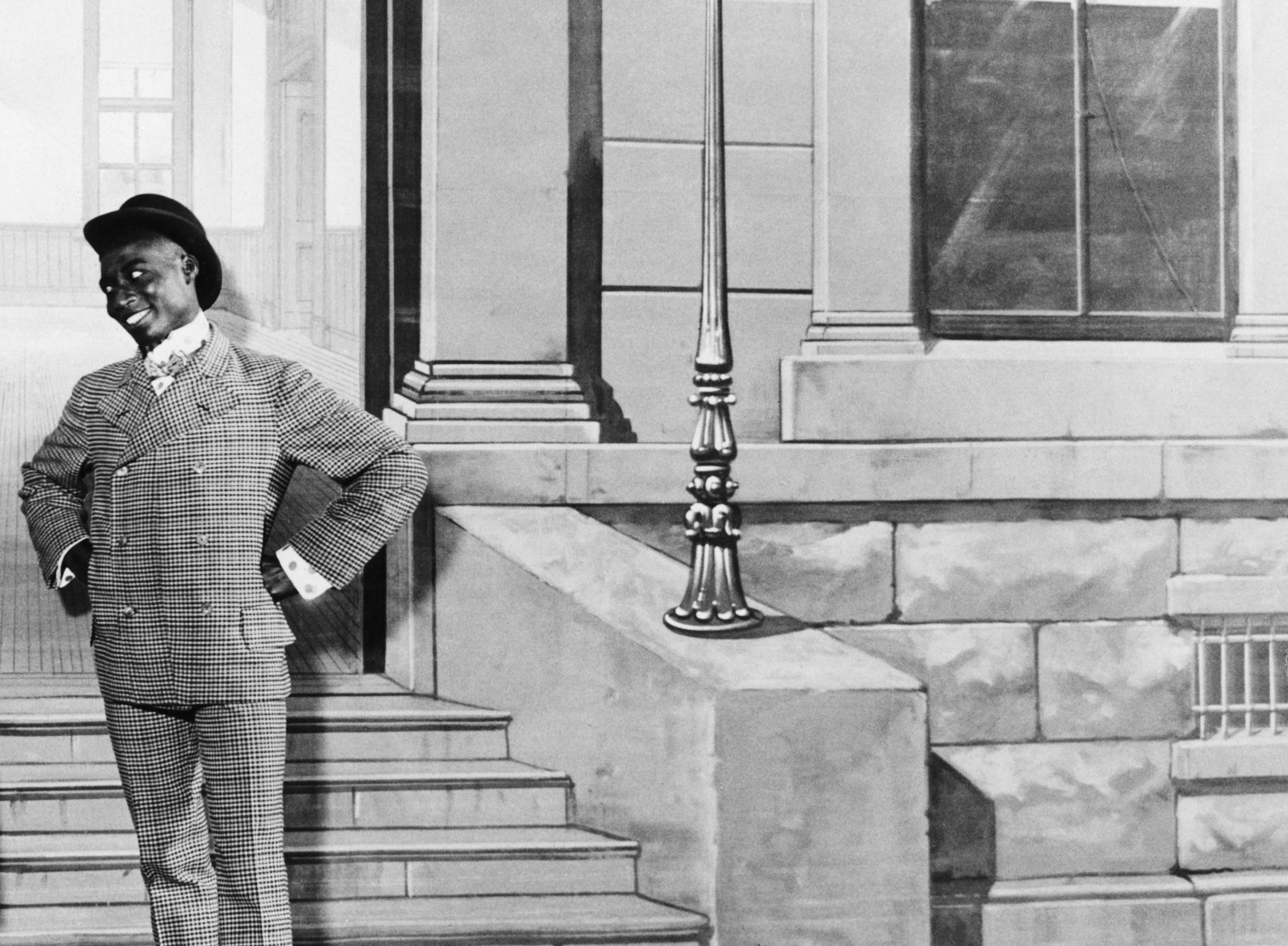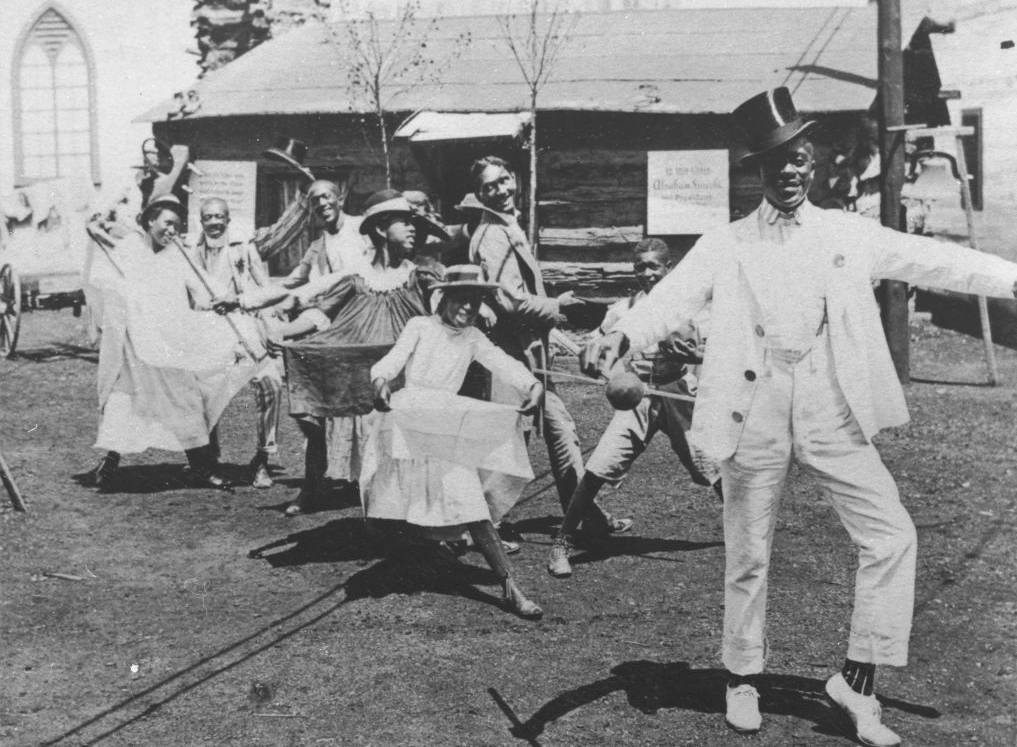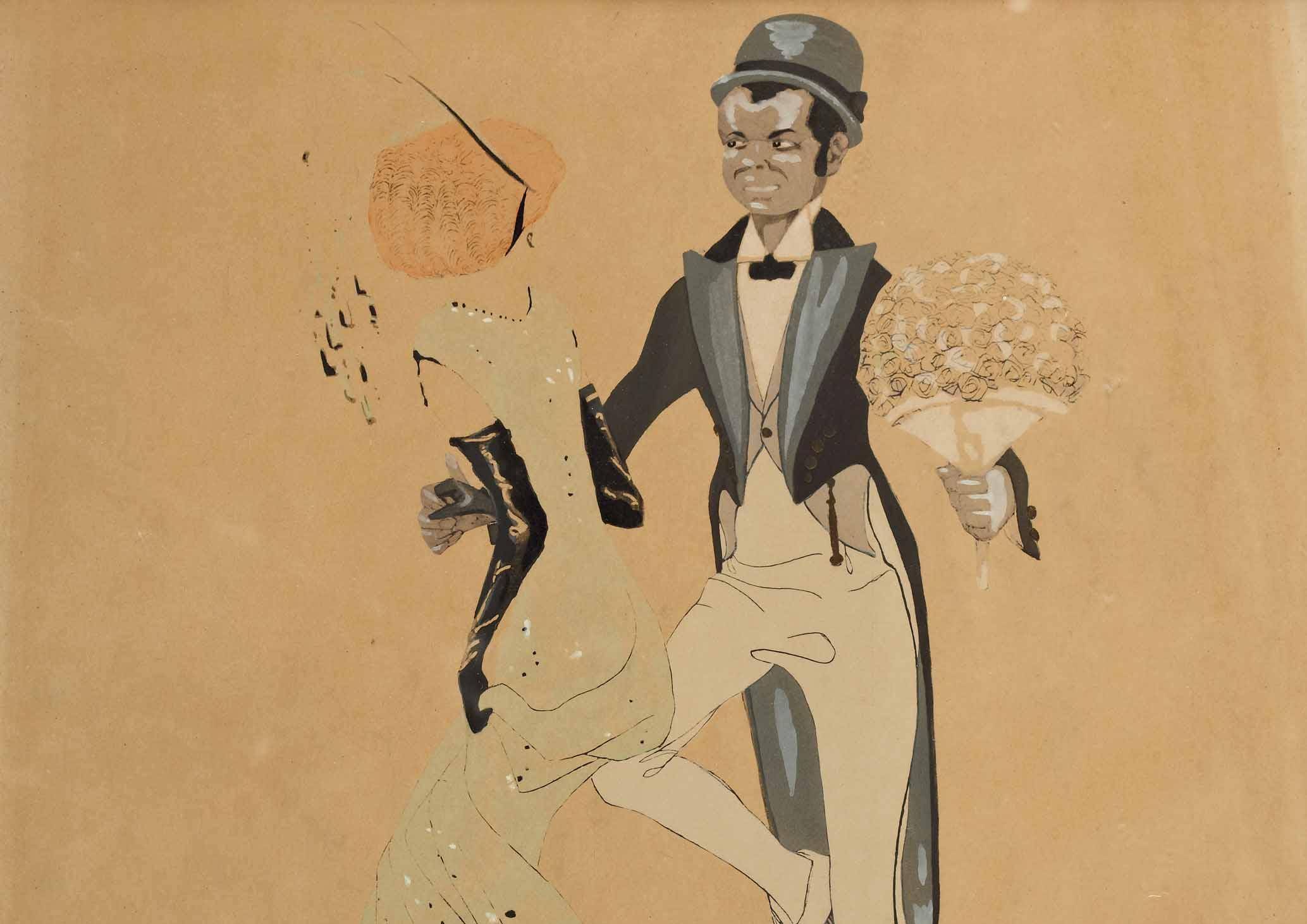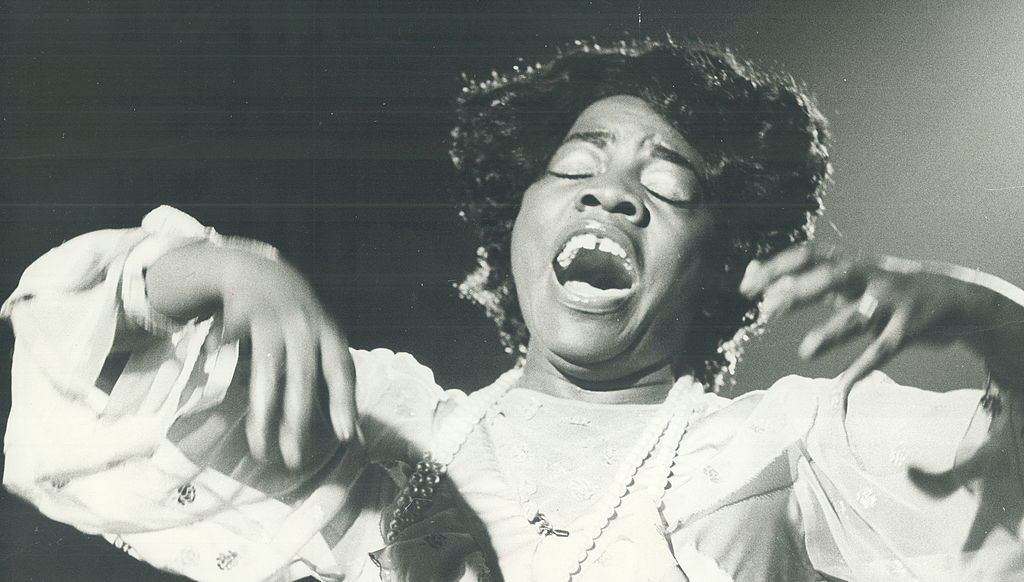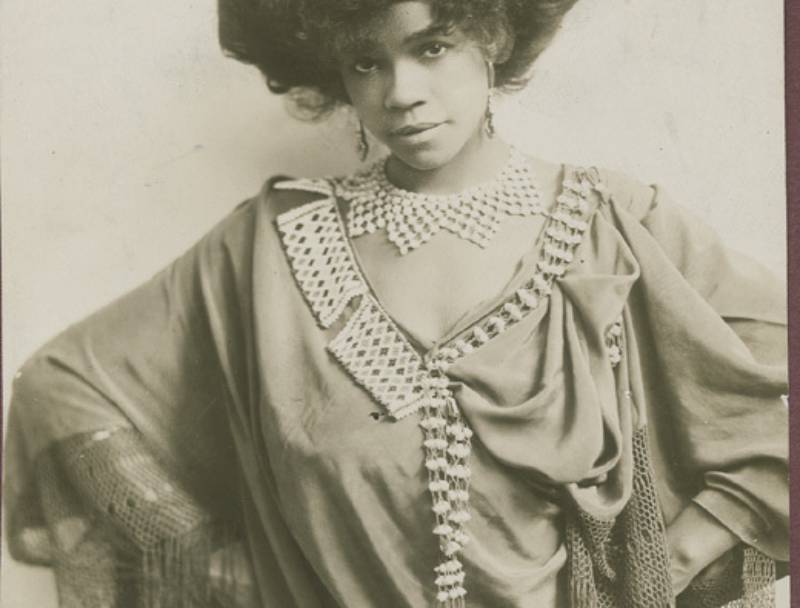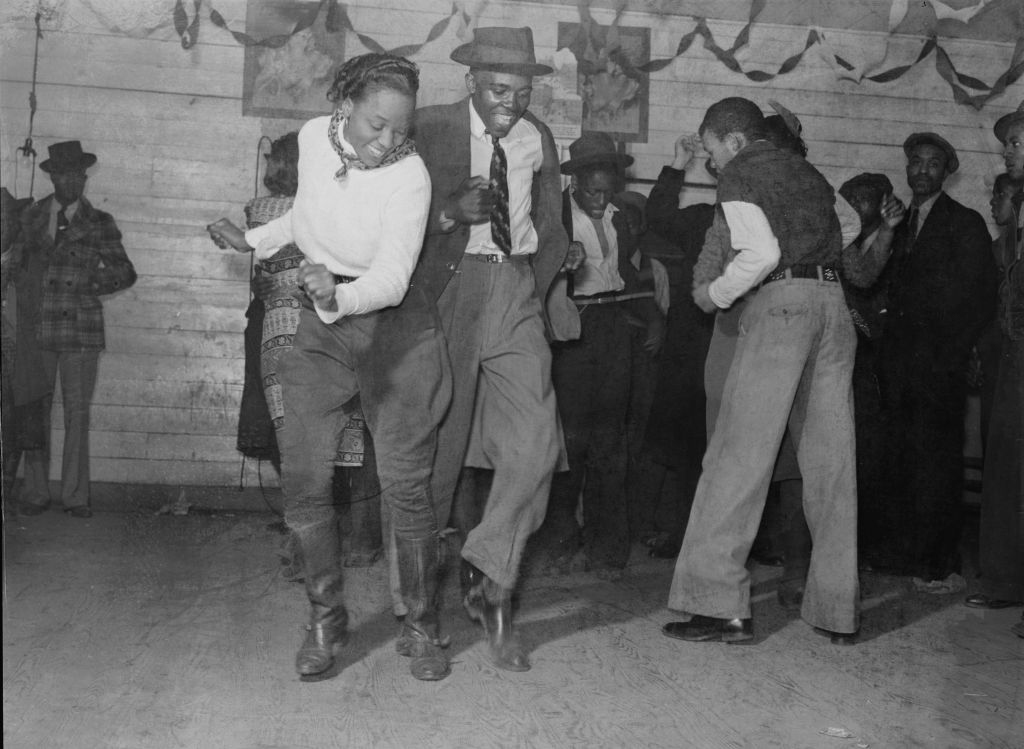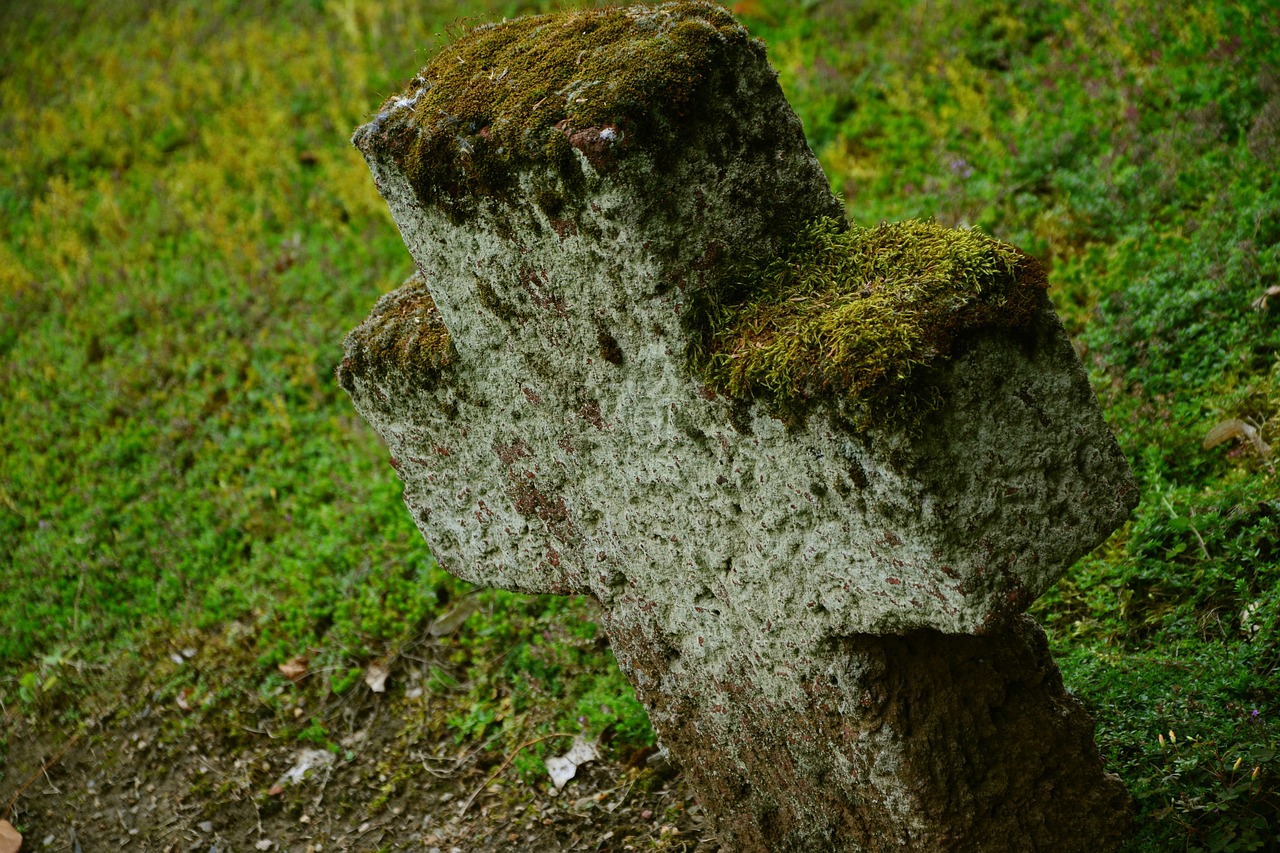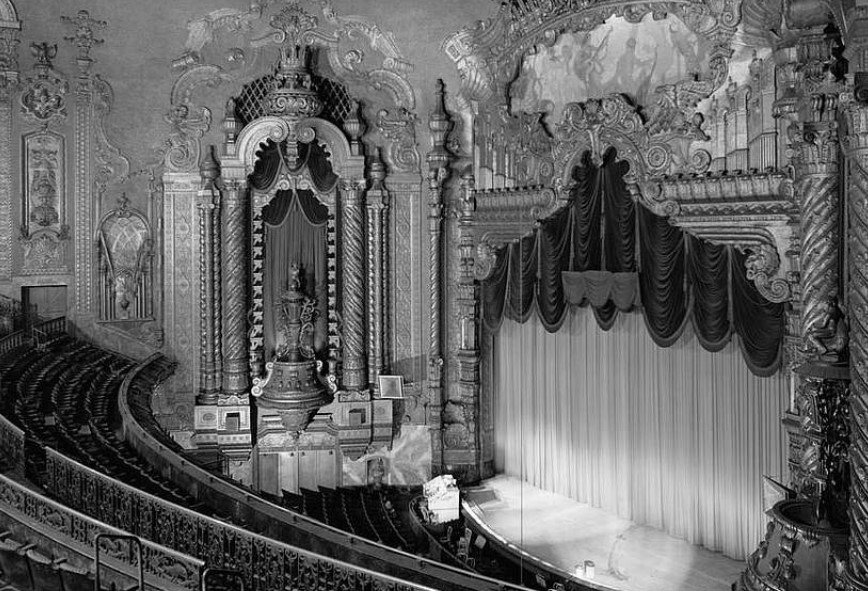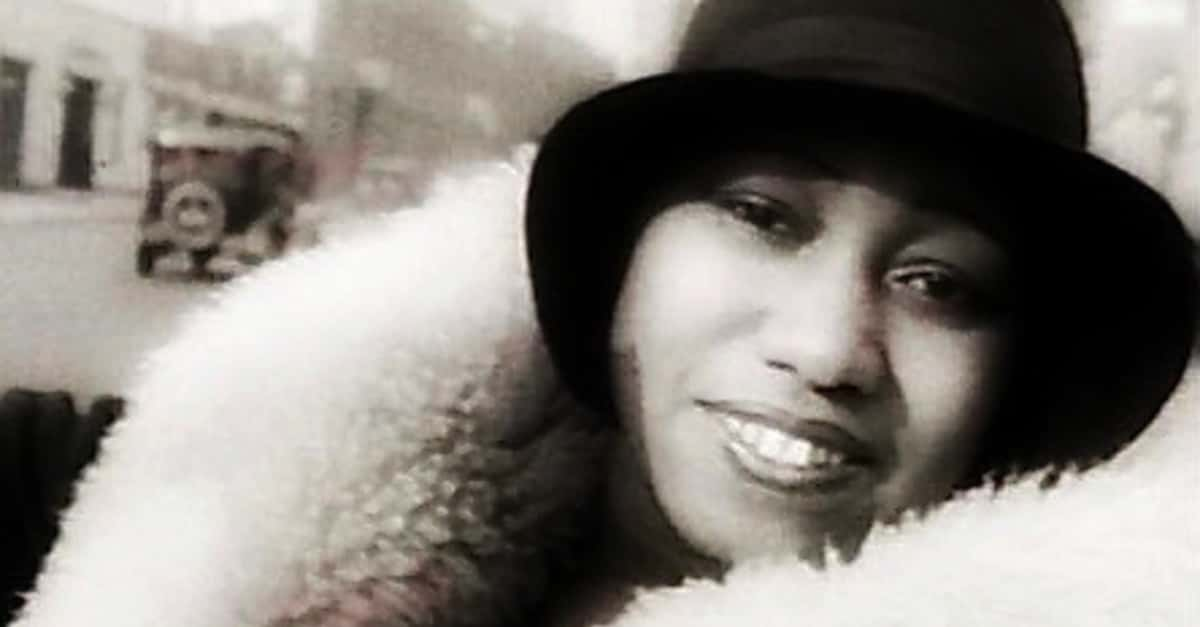The Queen of the Cakewalk
You might have heard of vaudeville—musical comedy popular in the late 1800s and early 1900s. But one vaudeville superstar, Aida Overton Walker, is usually forgotten, and this look at her tumultuous life might explain why.
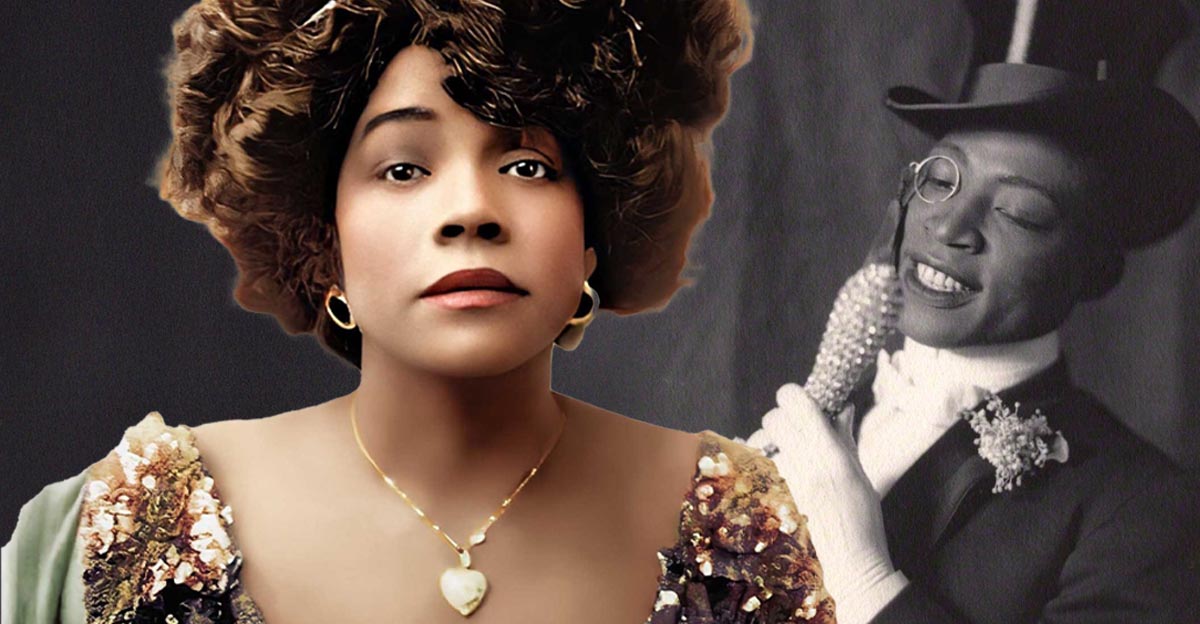
1. She Came Out Of Nowhere
Aida Overton Walker’s background is super mysterious. Records show that, though her parents both grew up in North Carolina, they birthed Overton Walker in New York in 1880. But maybe being born in the Big Apple said it all, considering the shockingly dramatic life ahead.
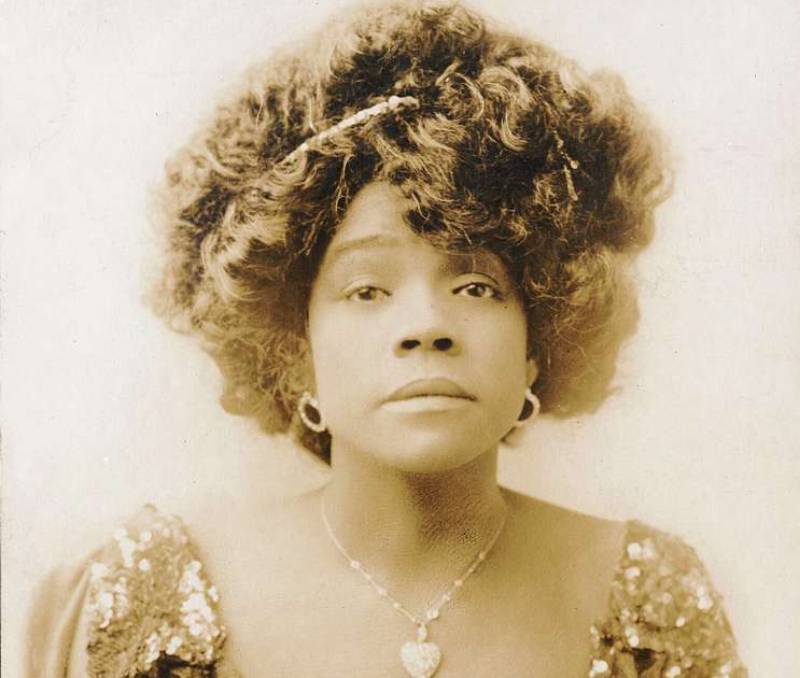 Beinecke Rare Book & Manuscript Library, Picryl
Beinecke Rare Book & Manuscript Library, Picryl
2. She Started Young
Aida Overton Walker first burst onto the entertainment scene at 15 years old. She performed in the Octoroons, only the second major stage show ever including Black chorus girls. This may sound like all fun and games for a girl that age. But when you take a closer look at the time of her debut, you’ll see the insidious circumstances that surrounded her.
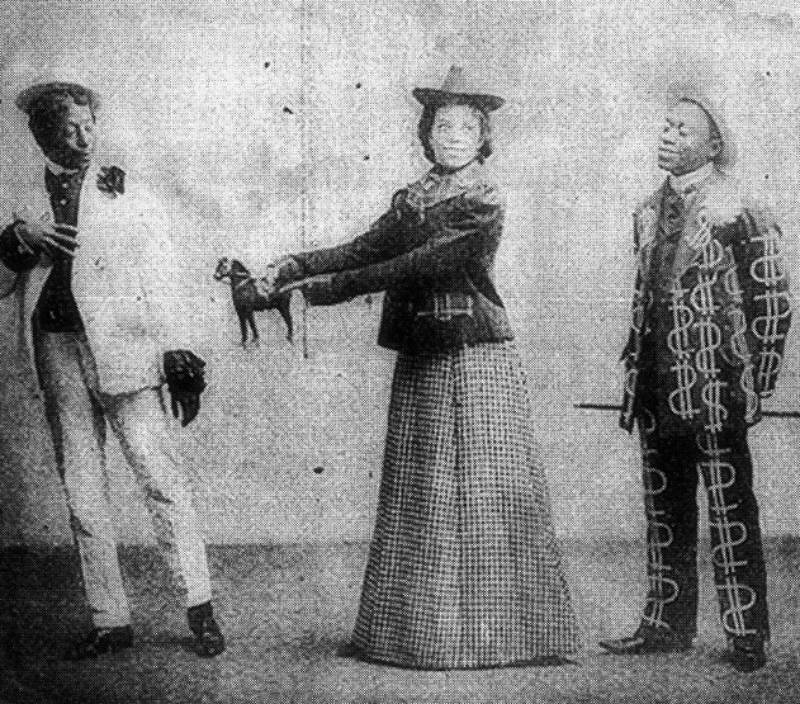 John W. Isham, Wikimedia Commons
John W. Isham, Wikimedia Commons
3. Her Life Was Unfair
At the time, life in the US looked very different for people depending on the color of their skin. Segregation remained the law of the land. Thus, Overton Walker lived with less resources and opportunity across the board, as well as the hatred and disdain of many. Luckily for her, someone who knew just how to live with that pressure spotted her just in time.
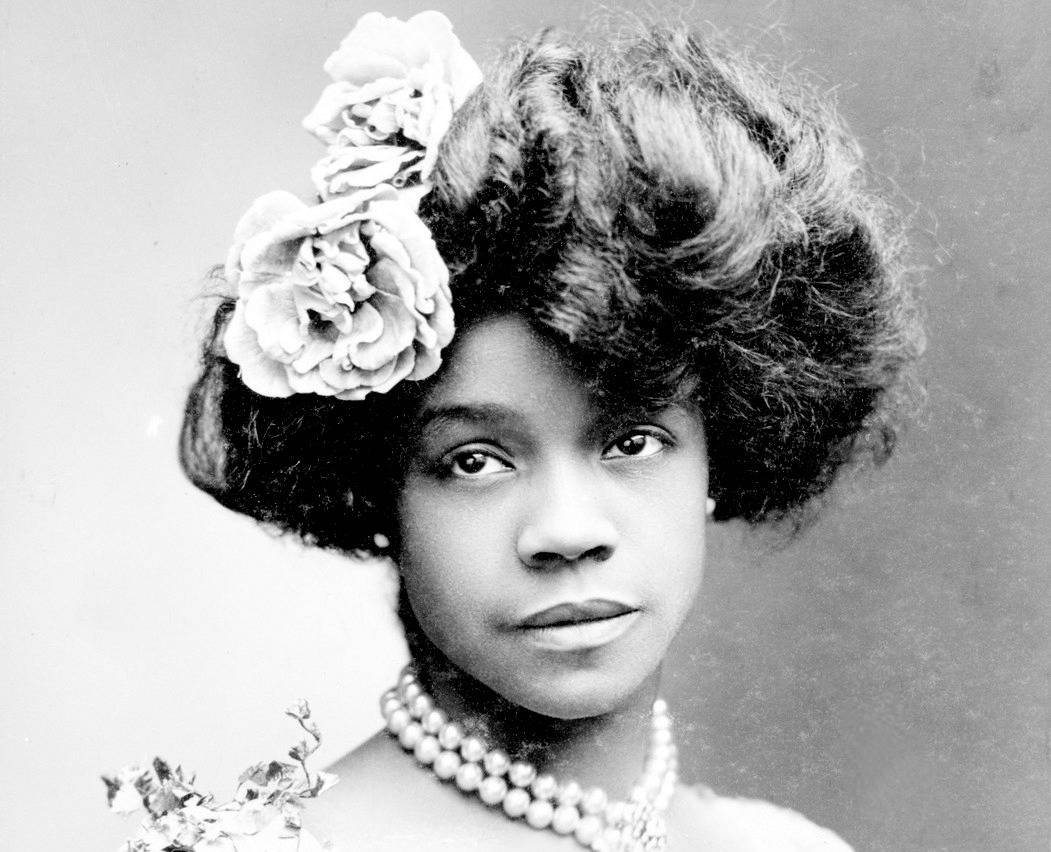 Unknown Author, Wikimedia Commons
Unknown Author, Wikimedia Commons
4. She Got Discovered
Reports claim that, just a year or so after her work in the Octoroons, superstar performer Sissieretta Jones found Overton Walker and took her under her wing. Though she faced much discrimination herself, Jones carved out quite a singing career, making herself a household name. Their time together changed the girl’s life.
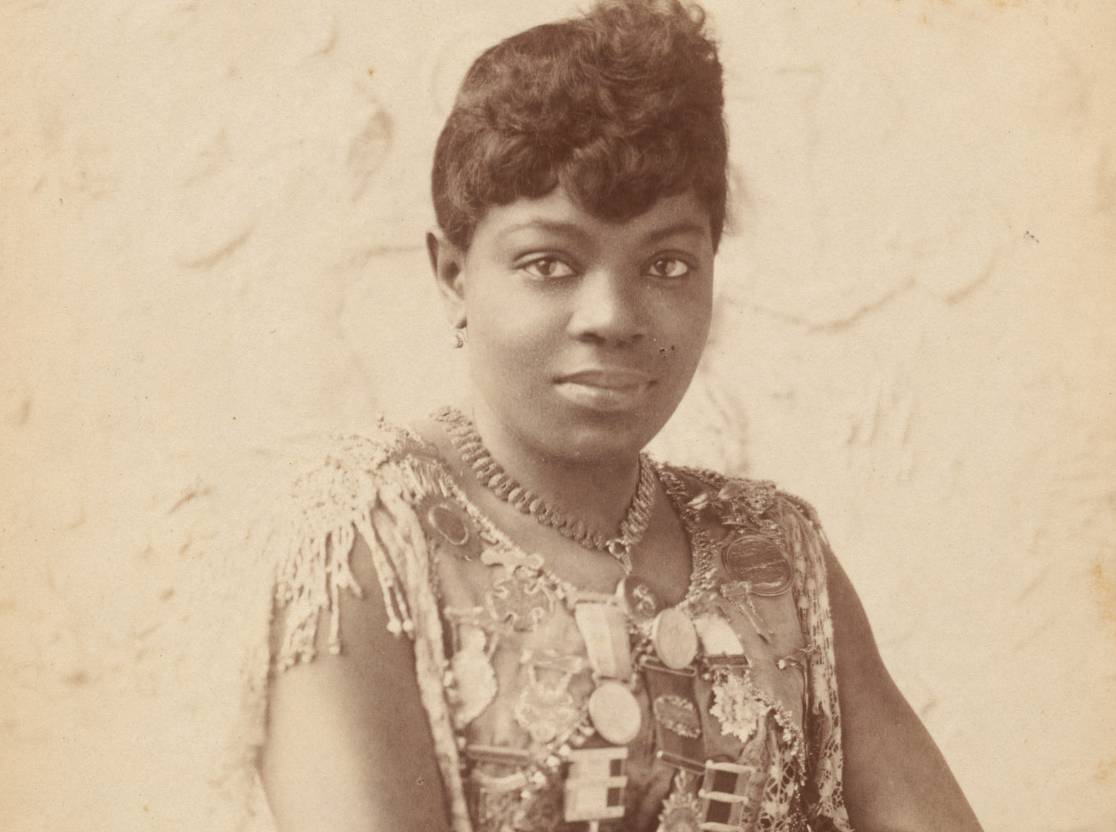 Napoleon Sarony, Wikimedia Commons
Napoleon Sarony, Wikimedia Commons
5. She Found Her Rhythm
In 1896, Jones founded her own entertainment troupe called the Black Patti Troubadours. Overton Walker worked in the troupe alongside several other performers, appearing in shows that featured comedy, singers, and even acrobatics. While she developed her skills greatly there, something—or someone—made an ever bigger impression.
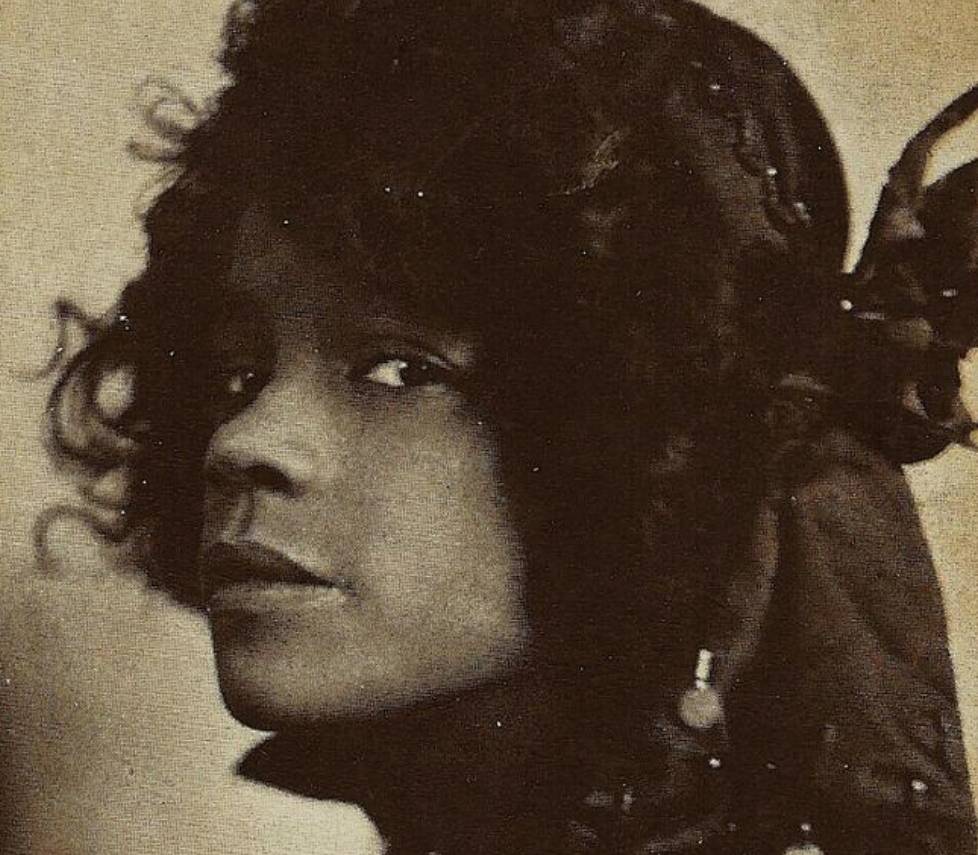 Cavendish Morton, Wikimedia Commons
Cavendish Morton, Wikimedia Commons
6. She Struck A Pose
It all started pretty innocently. When a friend from the troupe invited her to pose as a dancer for a tobacco company, Aida Overton Walker accepted. She likely just hoped to make some extra bucks—but she was in for more than she bargained for.
I became the first time she laid eyes on performer George Walker. They posed together that day, and kept the trend alive for years to come…
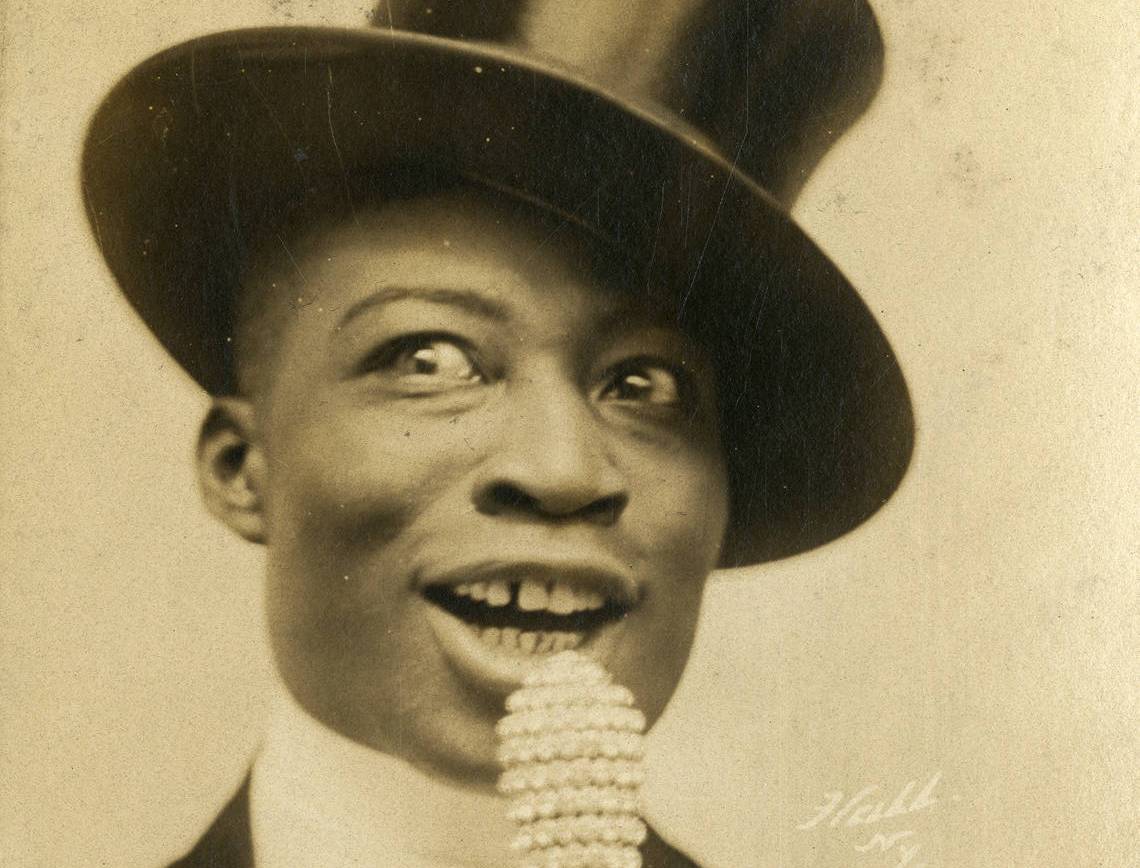 Joseph Hall, Wikimedia Commons
Joseph Hall, Wikimedia Commons
7. She Fell Hard
When the two met, George Walker had already lived a full life and was a successful performer. People remember Walker as a handsome, charismatic man any woman could fall for. And judging by their next major move, when it came to him, Overton Walker fared no better than any woman.
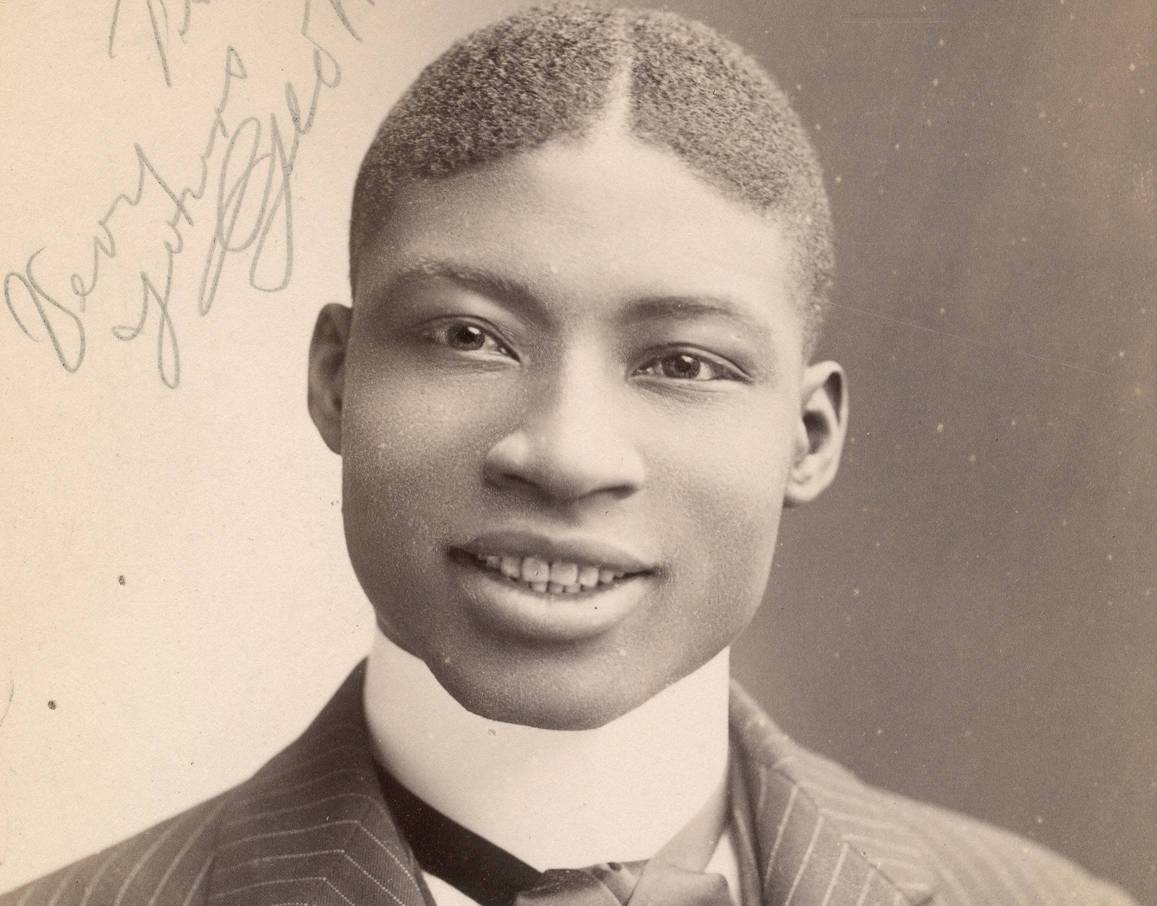 William McKenzie Morrison, Wikimedia Commons
William McKenzie Morrison, Wikimedia Commons
8. She Tied The Knot
Aida Overton Walker and George Walker tied the knot in 1899. Only 19 years old to her new husband’s 26, Overton Walker seemingly harbored no qualms about her decision. Perhaps because she was already so independent. Regardless, she found herself with a new family, one that ultimately defined her.
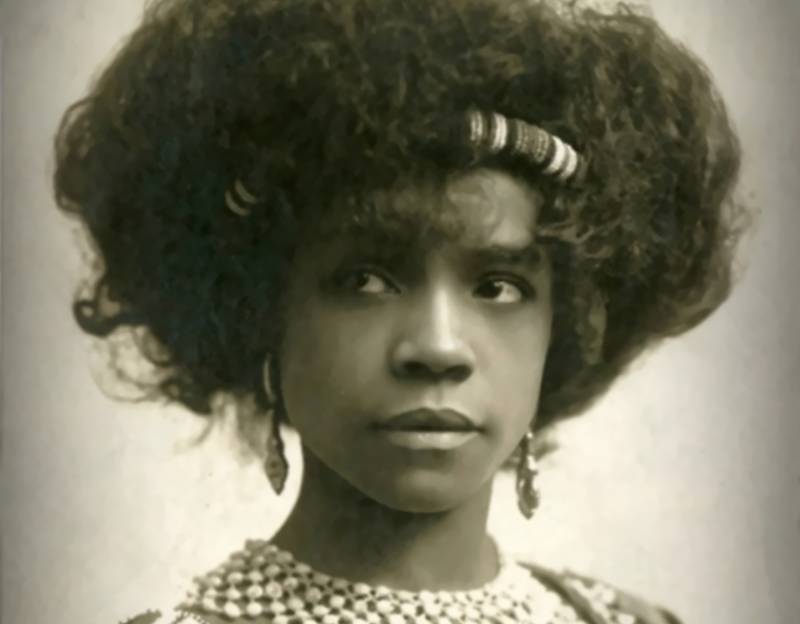 Unknown Author, Wikimedia Commons
Unknown Author, Wikimedia Commons

History's most fascinating stories and darkest secrets, delivered to your inbox daily.
9. She Completed Them
Overton Walker’s new husband performed as part of a musically comedic duo with a friend, Bert Williams. She added her talents to the pair, enhancing the group with her choreography and natural flair for entertainment. But even though she seemingly loved what she did, she didn’t exactly have the freedom to do it the way she wanted.
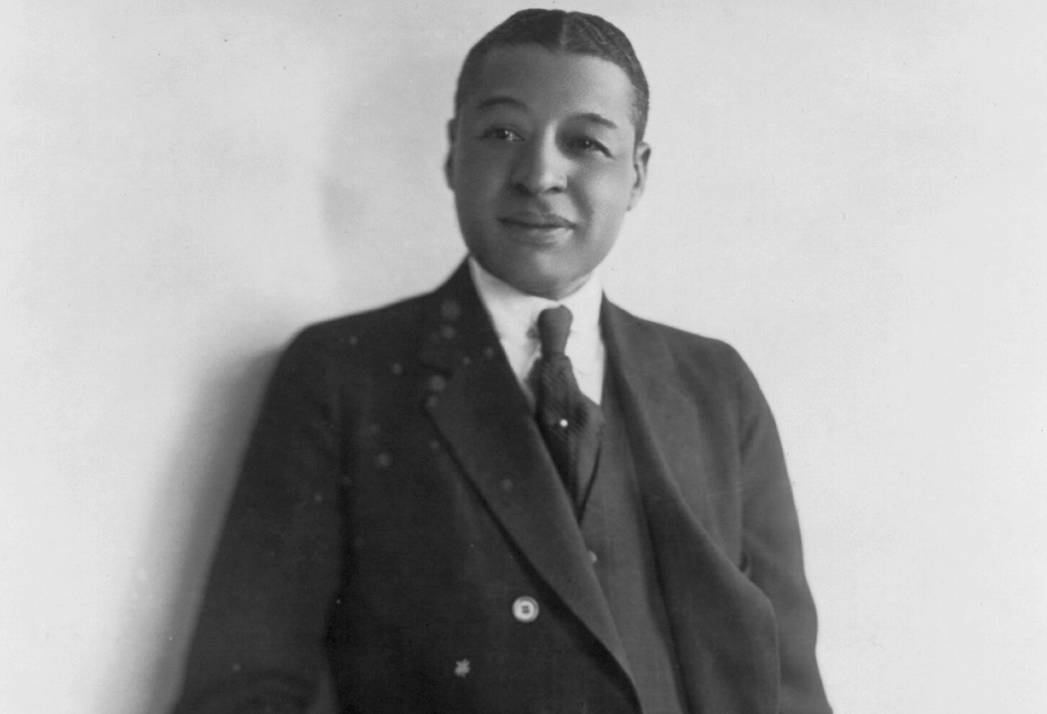 Samuel Lumiere studio, Wikimedia Commons
Samuel Lumiere studio, Wikimedia Commons
10. The Environment Was Hostile
At this time, many popular white vaudeville acts featured white performers in blackface. They painted their faces dark and played Black men as bumbling fools. These figures demeaned and stereotyped the entire race. And as you can probably guess, that wasn’t the only issue.
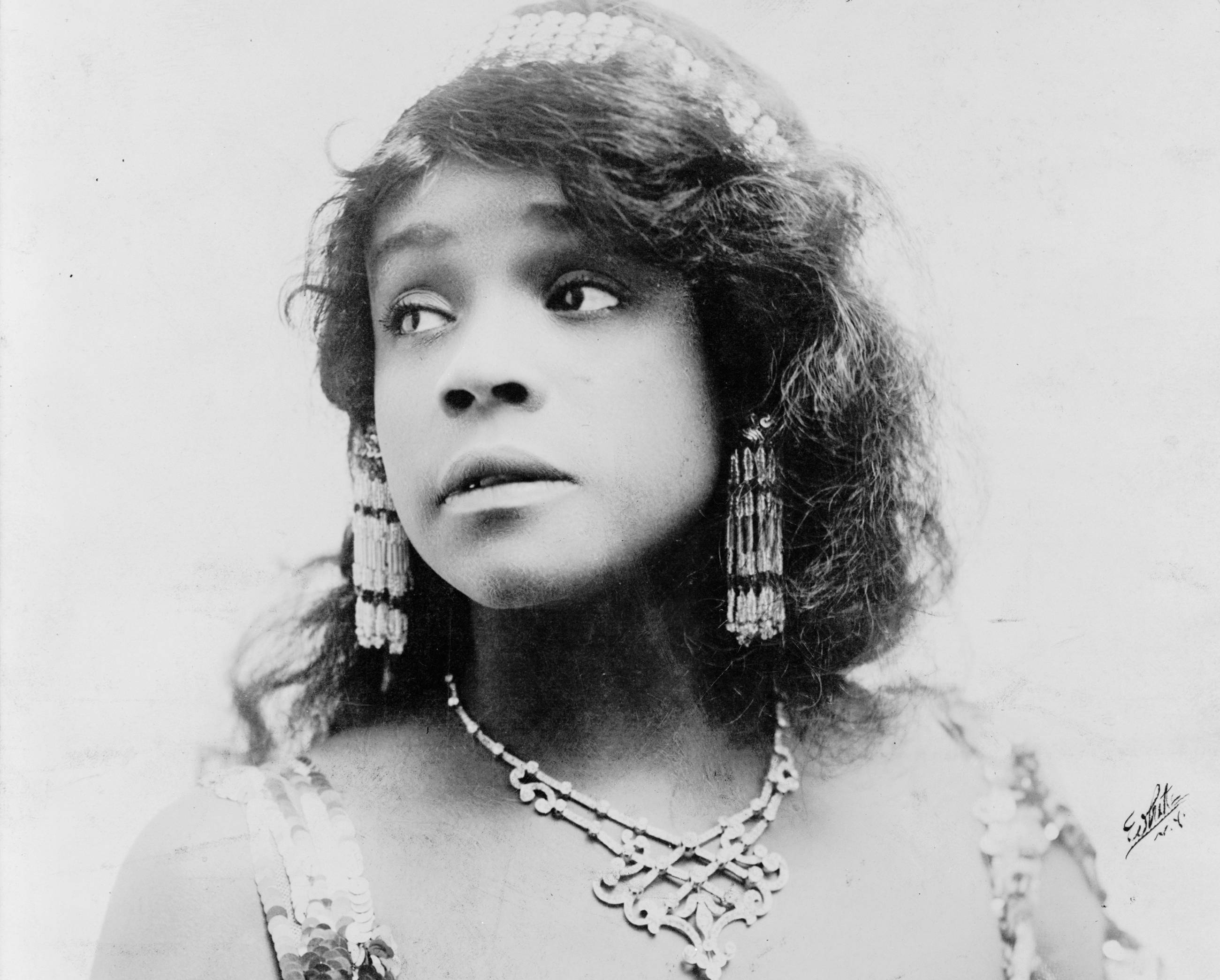 Unknown Author, Wikimedia Commons
Unknown Author, Wikimedia Commons
11. Audiences Were Divided
Audiences of all colors couldn’t attend all shows. If venues did, for whatever reason, allow both Black and white people in their venues, they strictly kept them separated. This made it difficult for Overton Walker and her new trio to make any real headway. They tried their best to resist the prejudiced trends—until they no longer had a choice.
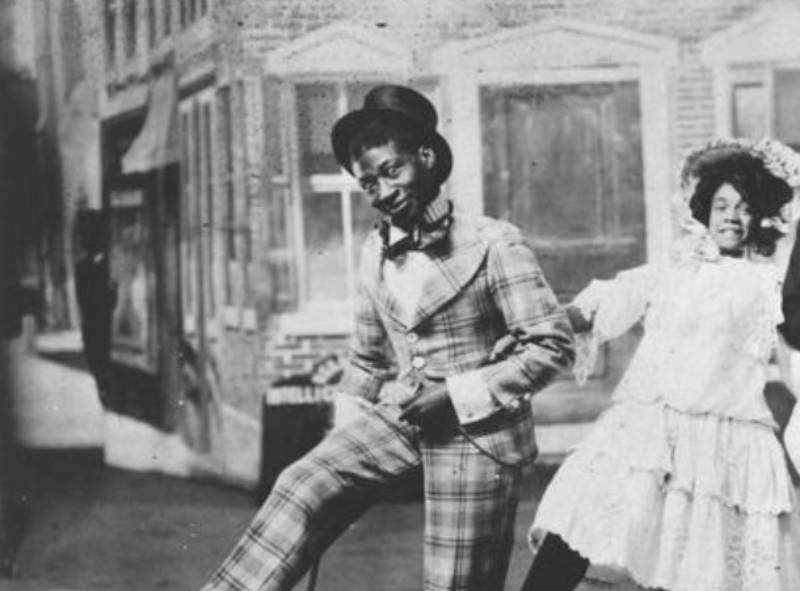 Wisconsin Center for Film and Theater Research, Wikimedia Commons
Wisconsin Center for Film and Theater Research, Wikimedia Commons
12. They Gave Up
As they struggled to find venues to perform at, Williams and Walker finally gave in to the pressure to conform. Williams began to perform in blackface, and their act used a derogatory name for Black people. While this likely felt totally dissonant for them as professional performers, their conformity at this stage made all the difference, for them and Overton Walker.
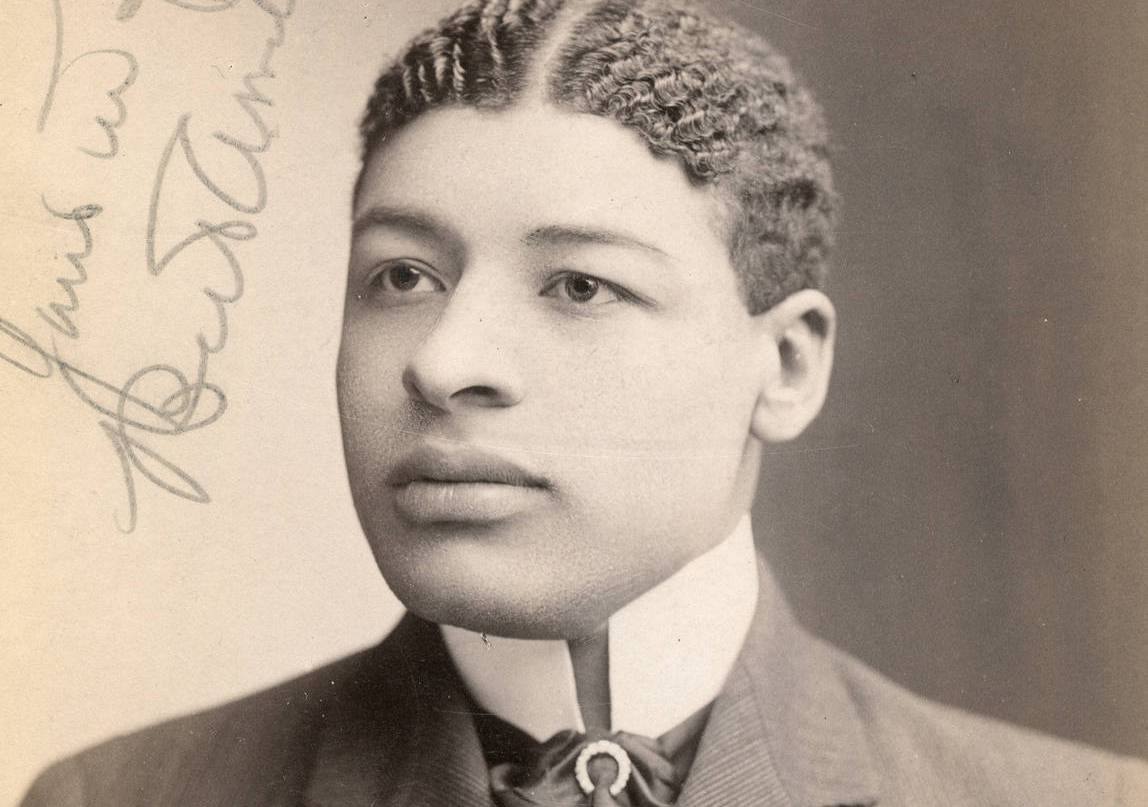 William McKenzie Morrison, Wikimedia Commons
William McKenzie Morrison, Wikimedia Commons
13. They Did Their Thing
Once they gave in to pressures to perform a certain way, there seemed no end to success for them. They performed in the first all-Black musical, with Aida Overton Walker serving as a head choreographer there as well. Even with her position as an important member of the trio, though, she never let the men totally outshine her.
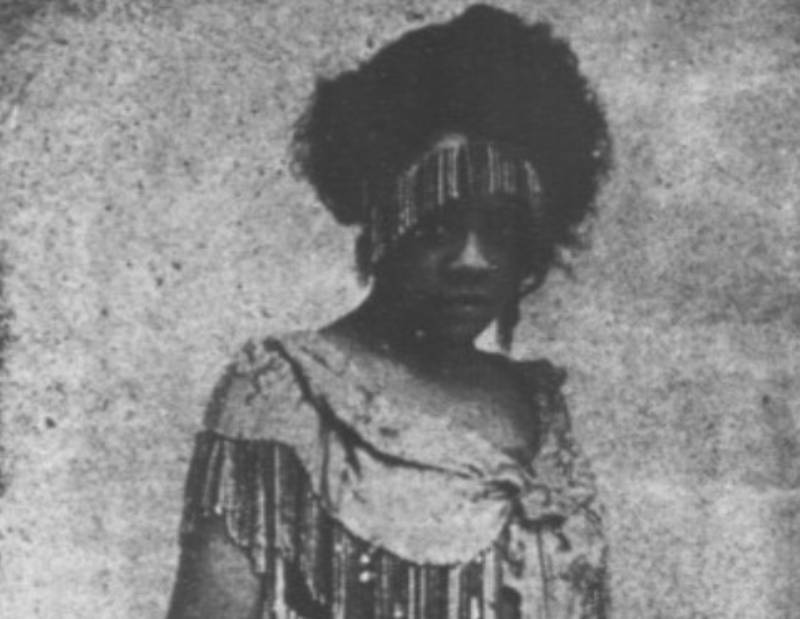 Julius F. Taylor, Wikimedia Commons
Julius F. Taylor, Wikimedia Commons
14. She Left An Impression
The three starred in several shows, to include The Policy Players and Sons of Ham. And while she played fundamental roles in the background, she also performed as a lead. Her role in Sons of Ham, especially, pulled lots of attention her way in 1900. With the attention all on her, however, she made some very surprising choices.
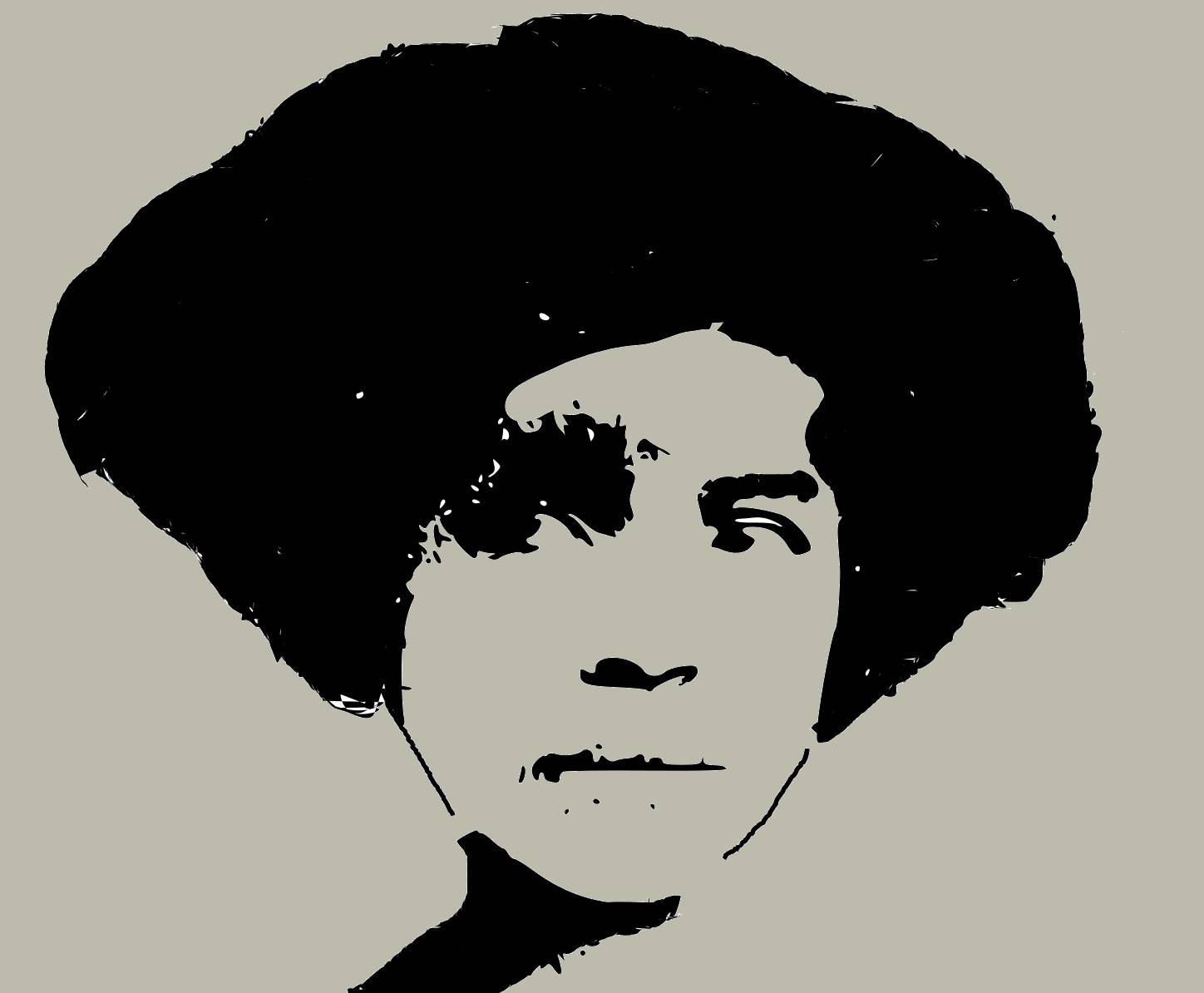 Indrajit Das, CC BY-SA 4.0, Wikimedia Commons
Indrajit Das, CC BY-SA 4.0, Wikimedia Commons
15. She Refused To Fit In
Roles in entertainment for Black women at the time filled a very specific stereotype. They often played parts as subservient characters good for nothing more than labor. But with Overton Walker’s star on the rise, she seized the opportunity to show audiences something different. When she performed, she did everything but obey and serve.
16. She Fought Back
Remarkably, Aida Overton Walker often played Black women with strength and strong opinions. Her characters sang songs like “I Don’t Want No Cheap Man” and “I Want To Be A Leading Lady”. However, this came with a heartbreaking dark side.
Even in her rebellion, she couldn’t totally get away from the discrimination surrounding her. She did, however, find interesting ways to turn lemons into lemonade.
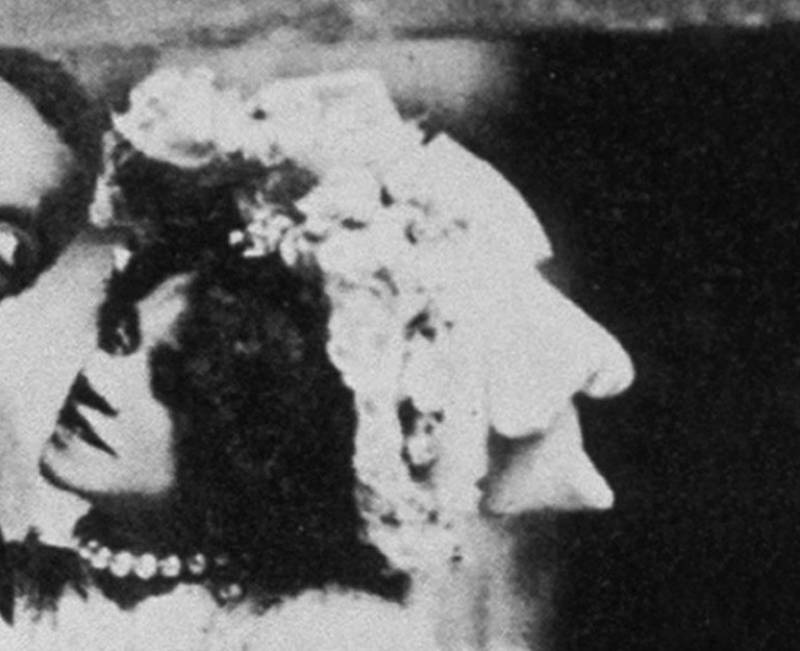 Donaldson Collection, Getty Images
Donaldson Collection, Getty Images
17. It Started As A Joke
A dance that came out of the slavery era, the cakewalk, turned out to be one of the most popular dances of the day around that time. Interestingly enough, it all started as a bit of a game. Slaves on the plantations in the 1800s did a dance imitating the Europeans ballroom dancing. What it grew into, though, gave Aida Overton Walker a brand new name.
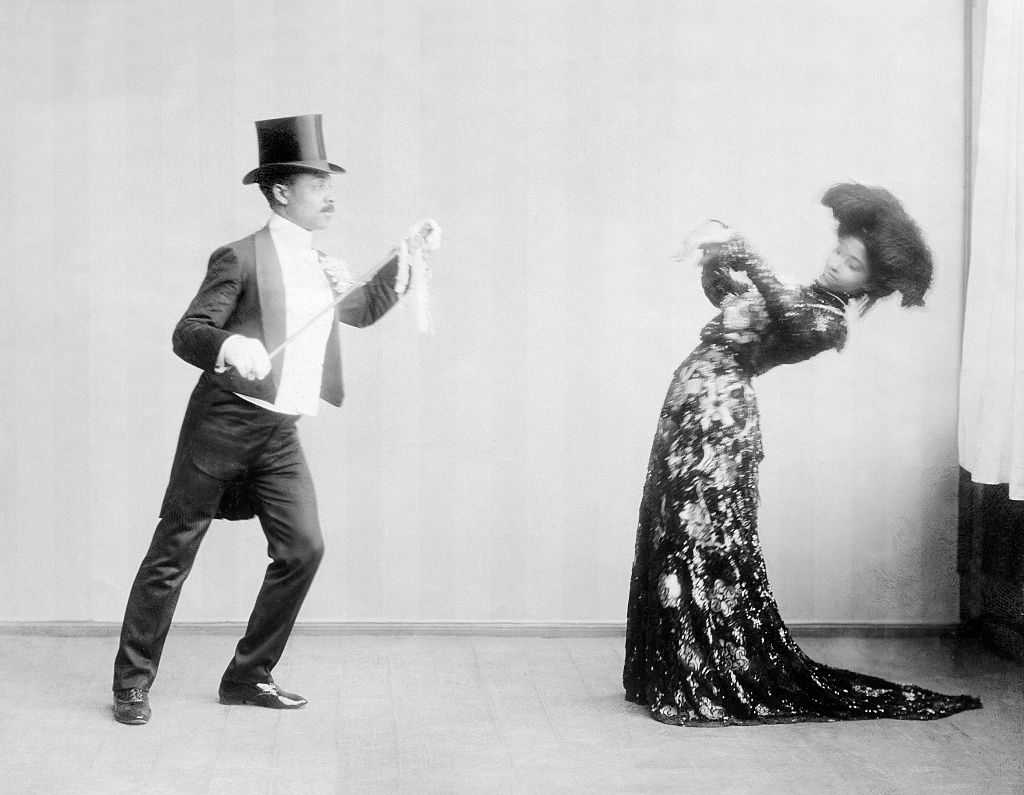 ullstein bild Dtl., Getty Images
ullstein bild Dtl., Getty Images
18. She Dominated
Aida Overton Walker didn’t just perform the cakewalk in her shows. She did it so well that she became officially known as the “Queen of the Cakewalk”. As such, the dance soon became a staple of her shows with Williams and Walker. Unfortunately for the trio, though, this created its own problems.
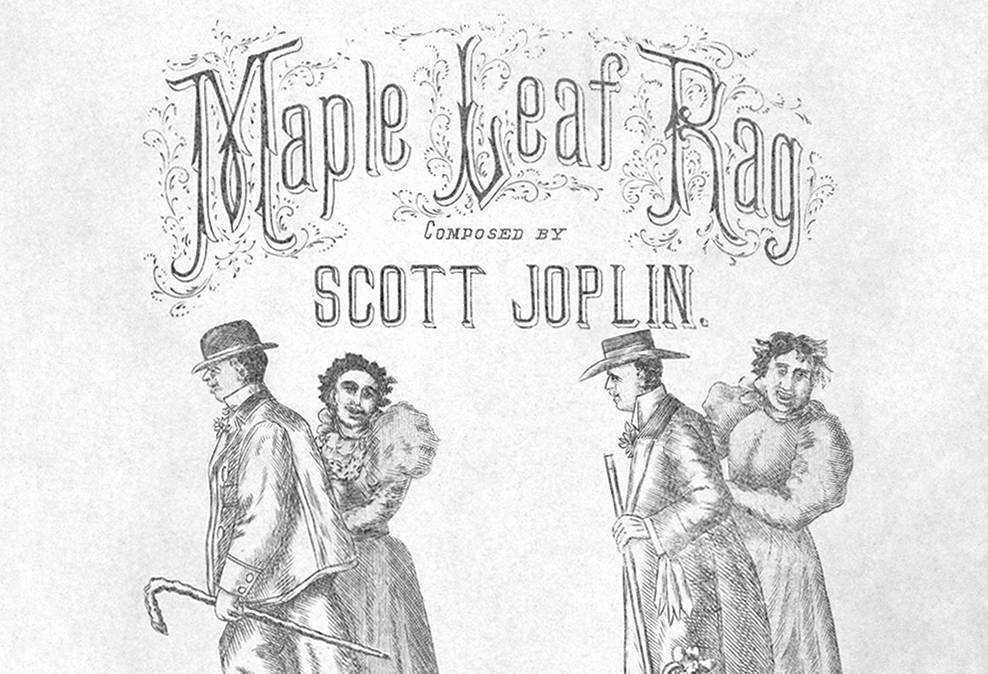 Scott Joplin, Wikimedia Commons
Scott Joplin, Wikimedia Commons
19. Their Own People Shunned Them
Some Black people applauded the troupe’s use of the cakewalk, and the way they took something from an ugly place and turned it into a celebration. However, there was also a disturbing backlash.
Many thought it just another way white audiences forced Black performers into certain stereotypes. This seemed legit, considering the types of audiences they drew in.
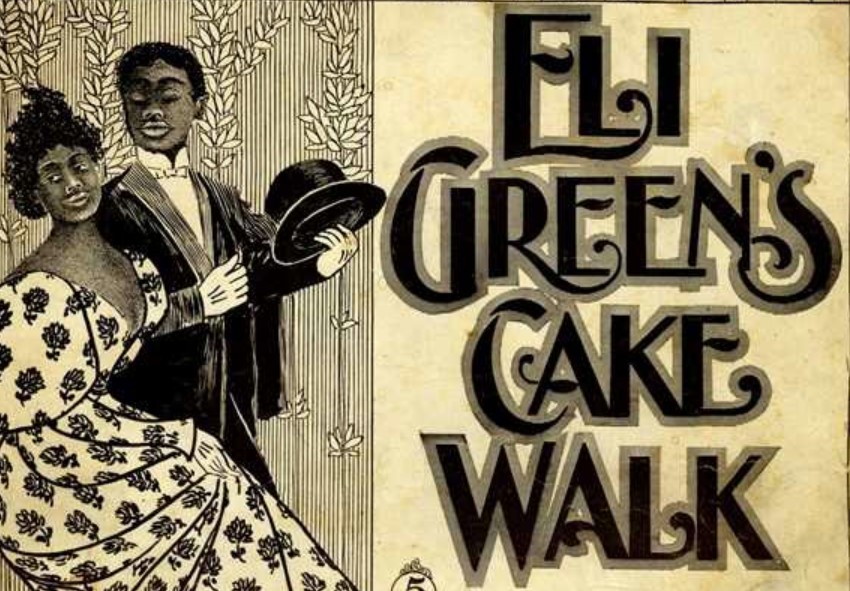 Sadie Koninsky, Wikimedia Commons
Sadie Koninsky, Wikimedia Commons
20. They Made History
Divided community aside, their act turned out to be so entertaining that they appealed to both Black and white audiences. This led to the integration of audiences as never seen before. Black and white people still didn’t sit together at their venues, but even being in the same theater meant a major milestone. It became the first of many.
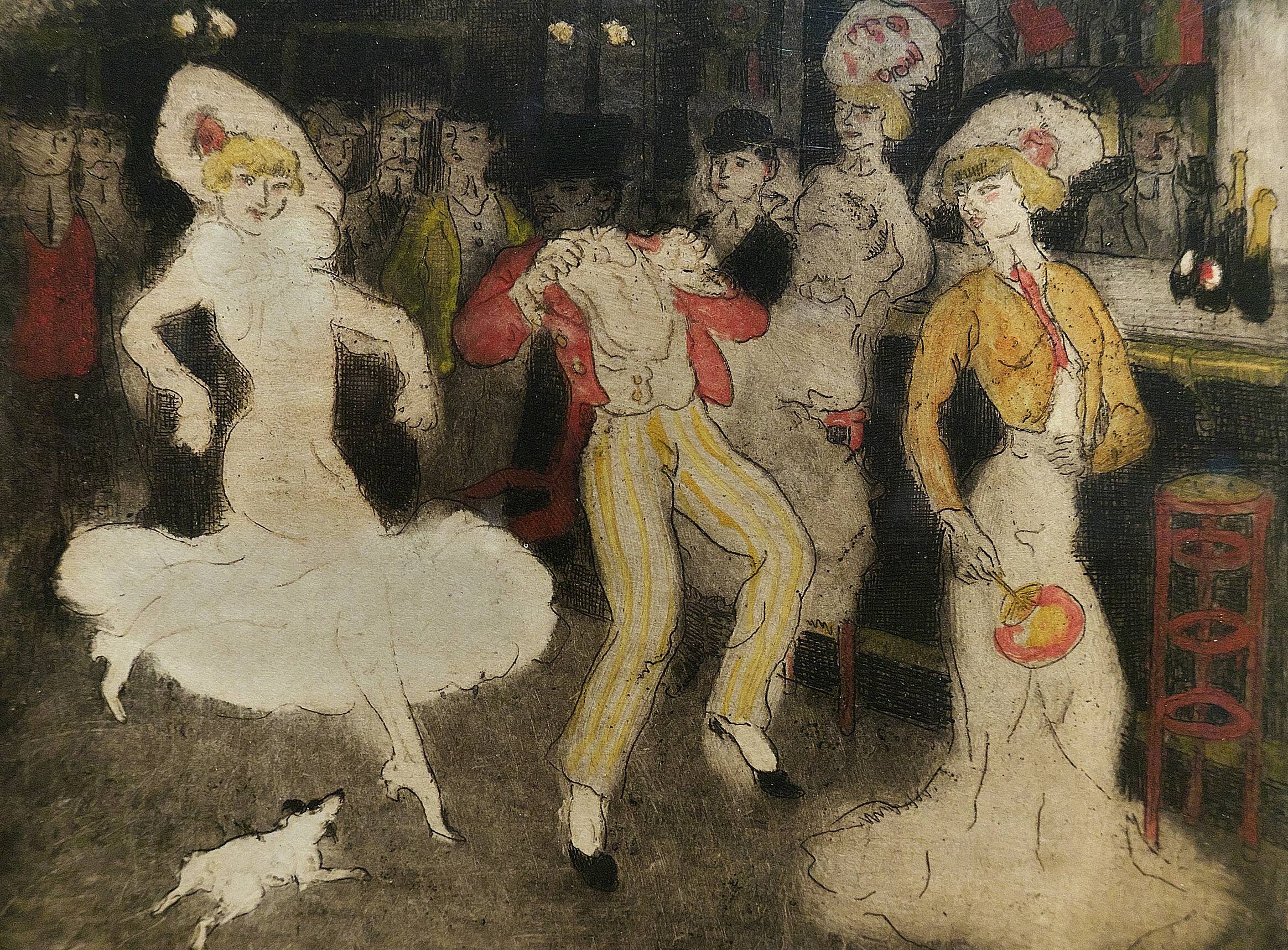 Jl FilpoC, CC BY-SA 4.0, Wikimedia Commons
Jl FilpoC, CC BY-SA 4.0, Wikimedia Commons
21. They Told Their Own Stories
A musical called In Dahomey became Overton Walker’s all-time biggest hit with the company. With all Black talent backstage and onstage, she again choreographed and performed a leading role in the production. Though the story and performers held great promise, the show didn’t come to fruition without a good deal of controversy.
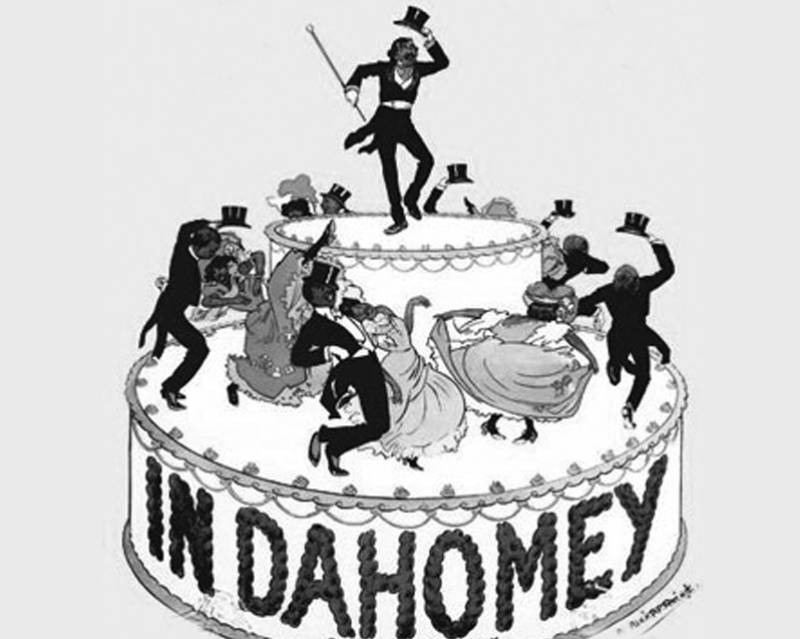 Unknown Author, Wikimedia Commons
Unknown Author, Wikimedia Commons
22. They Seemed Dangerous
Even though In Dahomey wouldn’t be the first all-Black show in production, people still pushed back against it. In fact, some people even seemed to think their show would cause an entire riot. Regardless, Aida Overton Walker and her team moved forward on the show to sold out audiences. That’s when they took things in an entirely new direction.
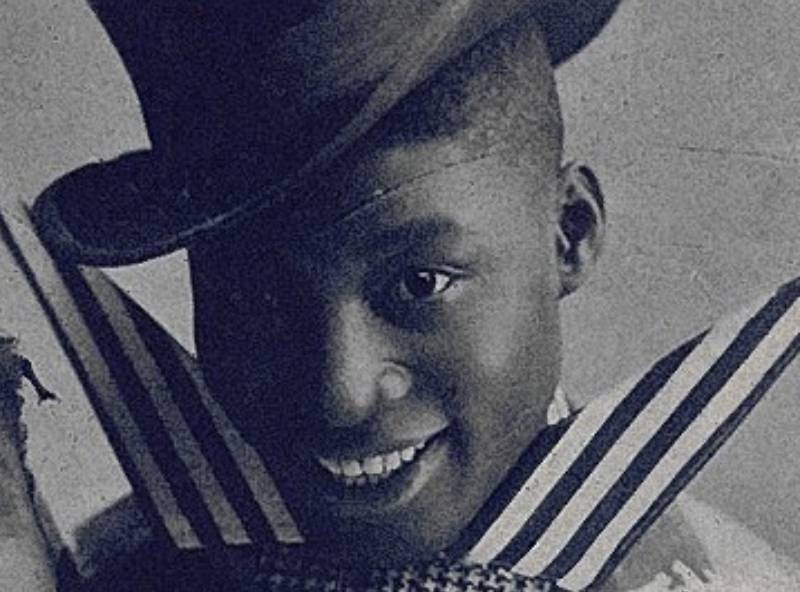 Unknown Author, Wikimedia Commons
Unknown Author, Wikimedia Commons
23. They Went International
On the heels of immense success with the show in New York, they decided to take their show on the road—all the way to the other side of the world. They began a run of the show in London’s Shaftesbury Theatre in 1903. At first, audiences there didn’t respond nearly as well as they expected. Even worse, the reason why likely felt like a dagger to the heart.
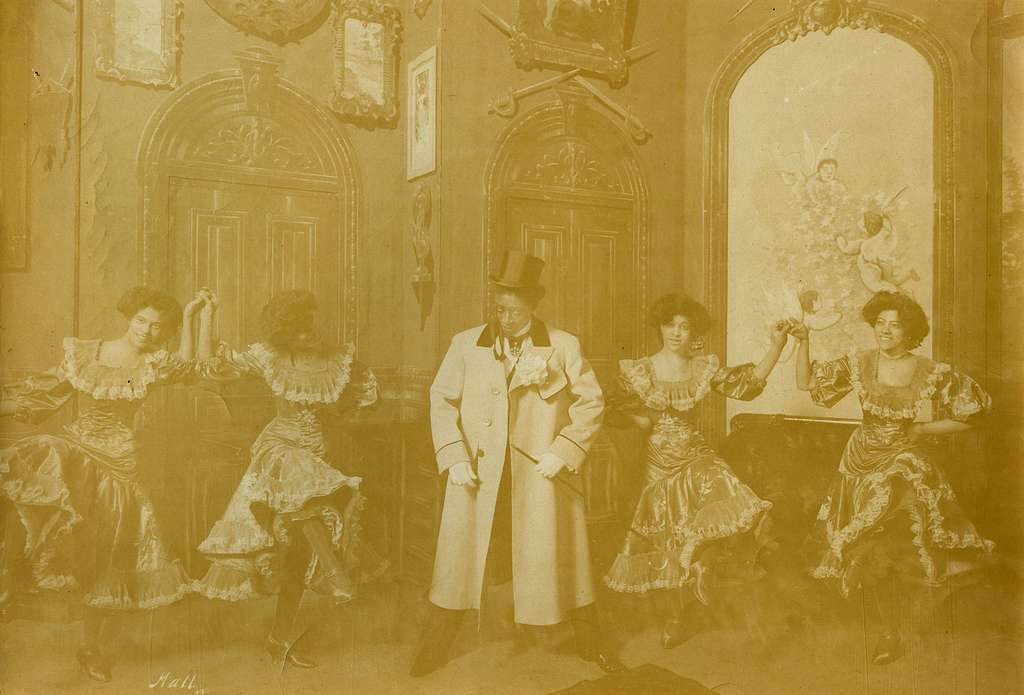 J. Willis Sayre Collection of Theatrical Photographs, Picryl
J. Willis Sayre Collection of Theatrical Photographs, Picryl
24. They Got Stereotyped
London audiences expected a very different show. Reportedly, they anticipated Black people in “plantation feathers” and doing the dance that continued to take over entertainment—the cakewalk. Instead, they received performers in high fashion, courtesy of Aida Overton Walker. Someone very royal still thought them something special, though…
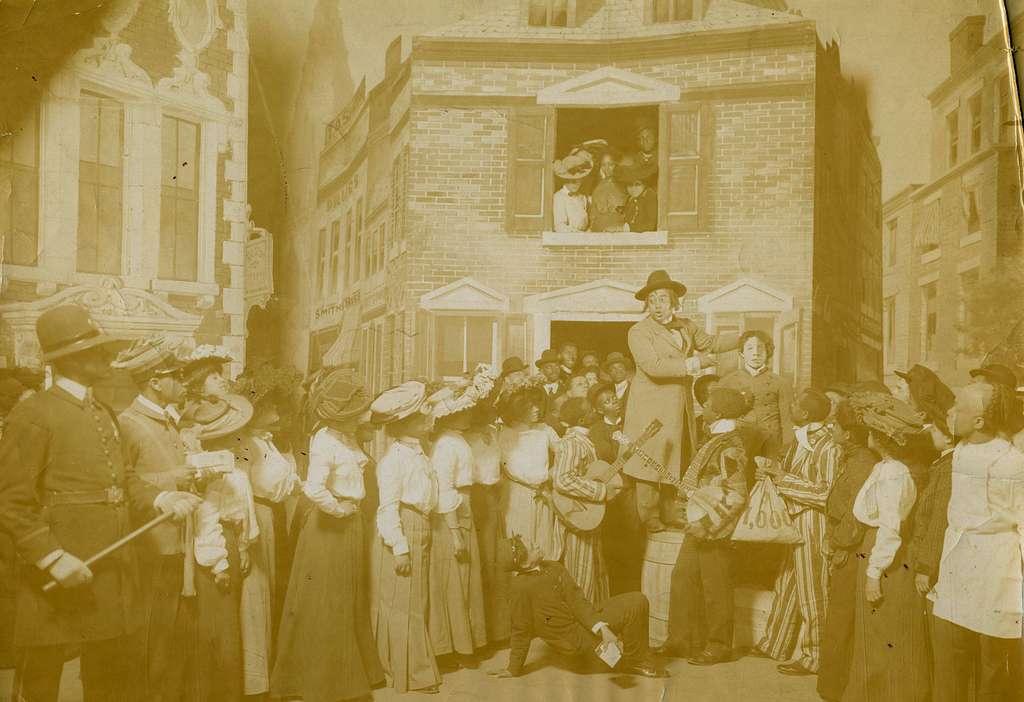 J. Willis Sayre Collection of Theatrical Photographs, Picryl
J. Willis Sayre Collection of Theatrical Photographs, Picryl
25. They Got A Royal Invitation
Their success hit all new levels when King Edward VII invited the troupe to perform a special presentation of the show at Buckingham Palace. Overton Walker so impressed the king that he gave her a special gift, a diamond brooch. To top the whole thing off, though, they decided to give the audience exactly what they wanted.
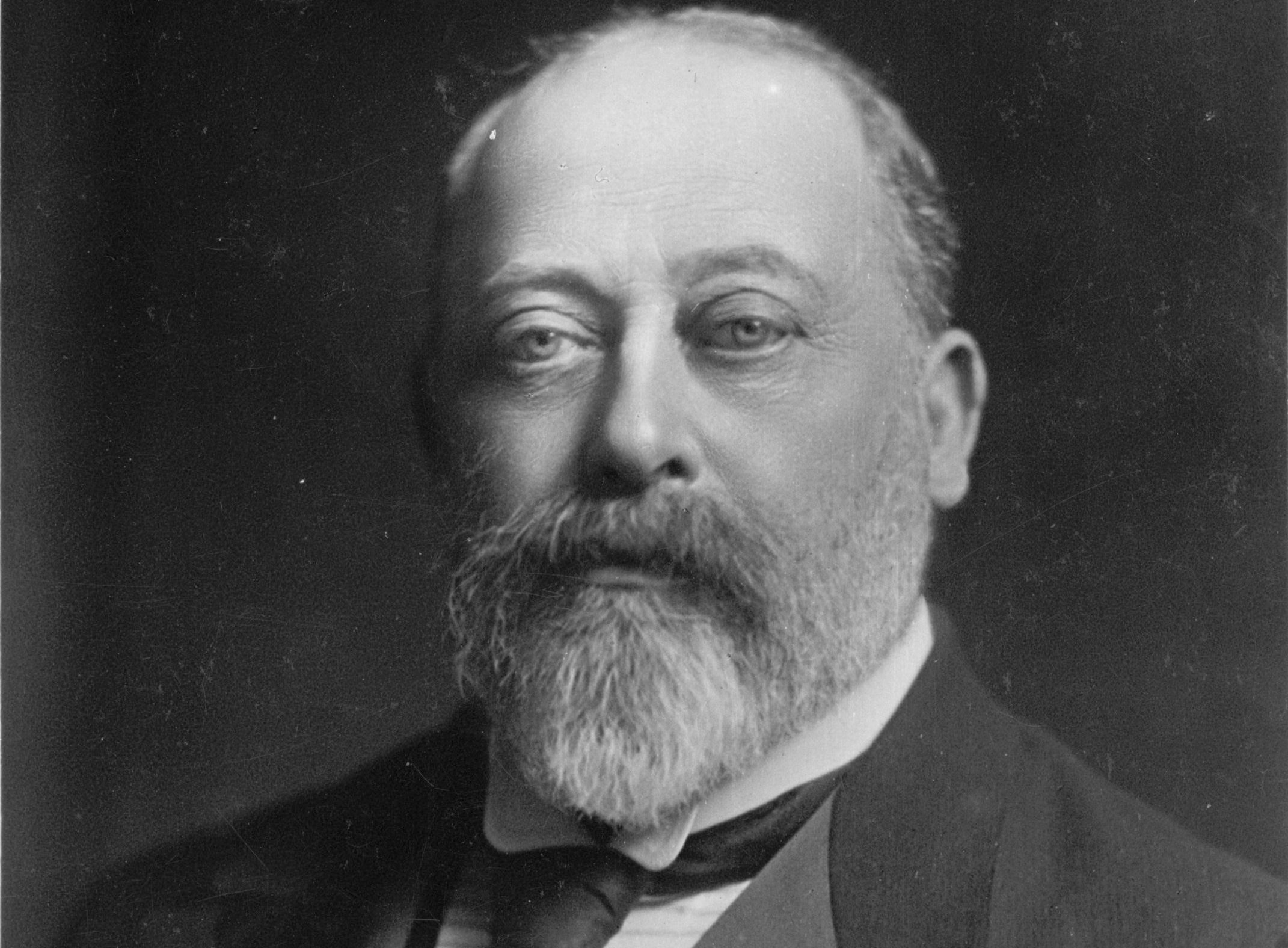 W. & D. Downey, Wikimedia Commons
W. & D. Downey, Wikimedia Commons
26. They Gave In
During the London run, they ultimately added a grand cakewalk portion into the show. Audiences loved it so much that Overton Walker found herself becoming an official instructor of the dance. She taught it to the Europeans, leaving them with an impression they couldn’t forget. Now famous in their own right, the troupe got extra gutsy with their content.
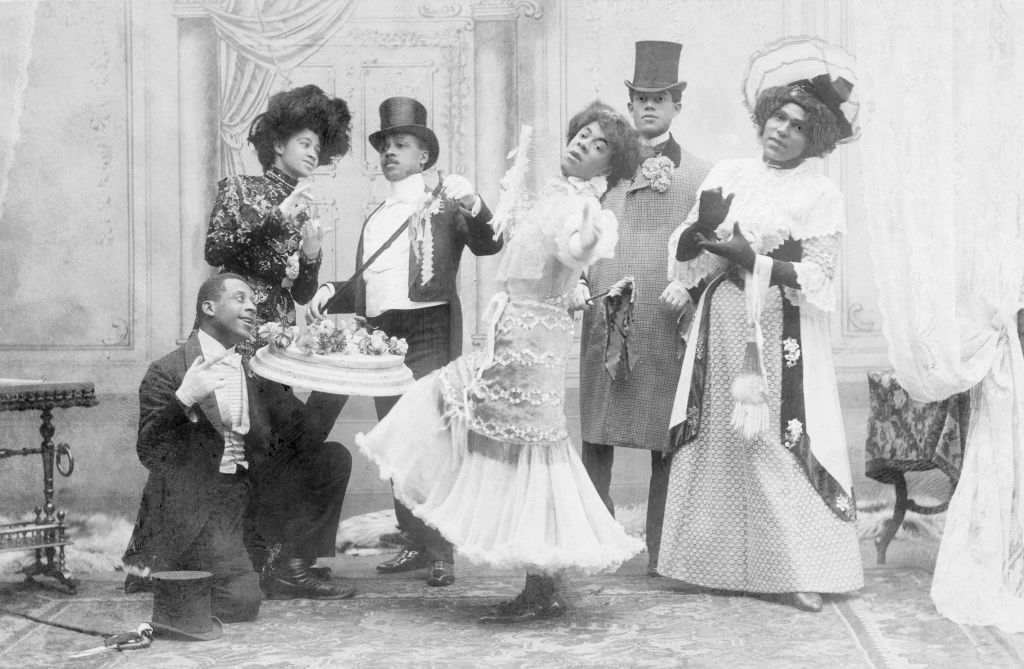 ullstein bild Dtl., Getty Images
ullstein bild Dtl., Getty Images
27. They Told Their Stories
With their names now firmly associated with excellent entertainment, Aida Overton Walker and the troupe turned their attention to telling more authentic stories. Their next big show, In Abyssinia, debuted in 1906 and praised their African roots. Still, likely influenced by Overton Walker, they found even more ways to push their boundaries onstage.
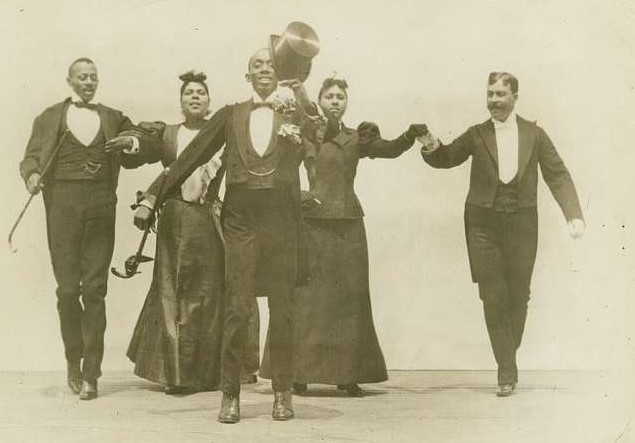 New York Public Library, Picryl
New York Public Library, Picryl
28. She Let It Hang
In their 1908 show, Bandanna Land, Overton Walker came up with a new idea for costuming. In a move that likely scandalized many at the time, she took a tip from Parisian fashion and choreographed a dance featuring women without corsets. And if that didn’t make her look racy enough, she made another “special” addition to the show.
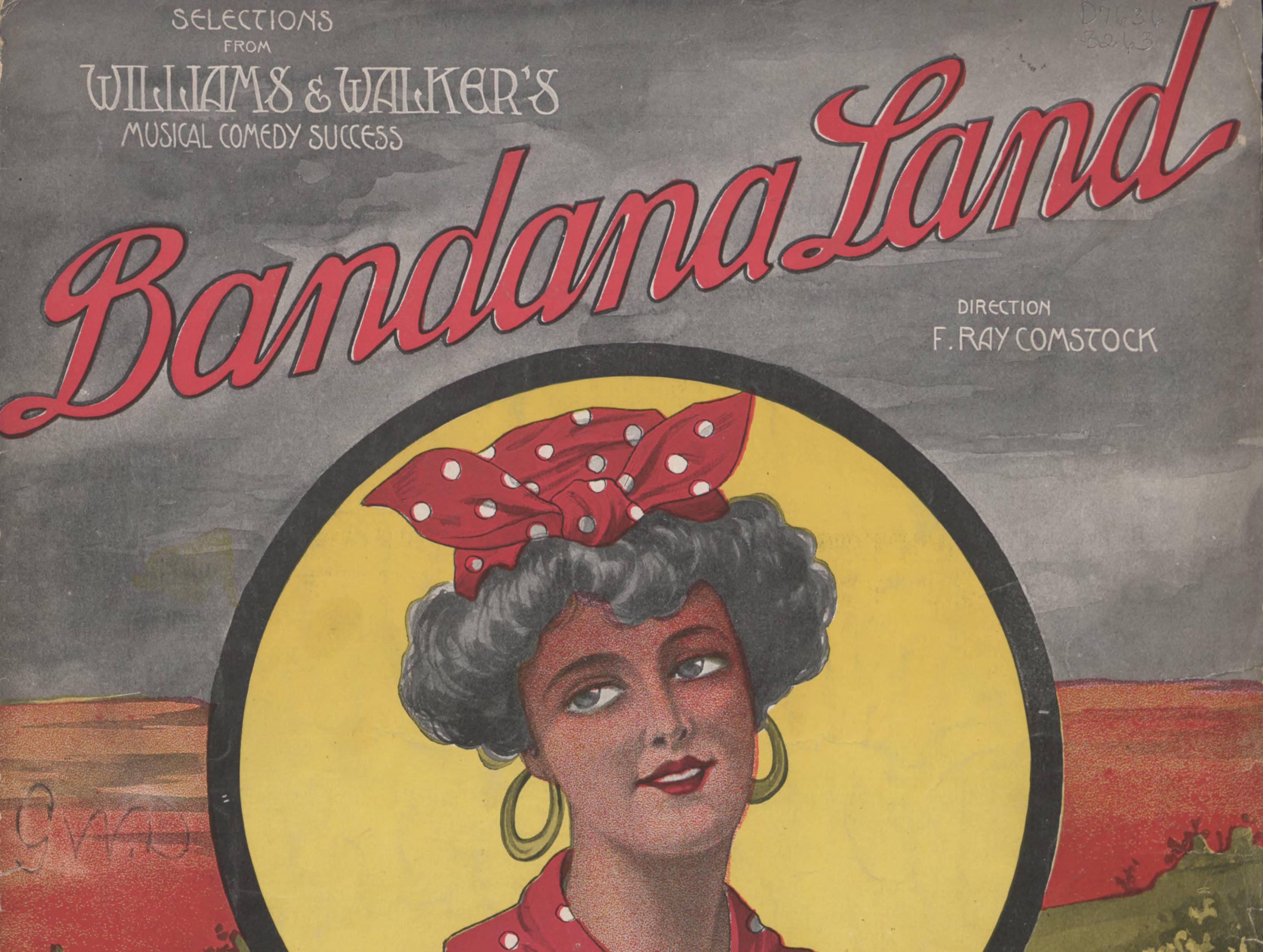 André De Takacs, Wikimedia Commons
André De Takacs, Wikimedia Commons
29. She Got Spicy
Aida Overton Walker topped it all off by adding a sensual, burlesque type dance to the show, starring herself, of course. While sensuous, the dance also required quite a bit of artistic ability, which she possessed no shortage of. Interestingly enough, though, she did it too well. So much so that the group needed to figure out how to dull her shine.
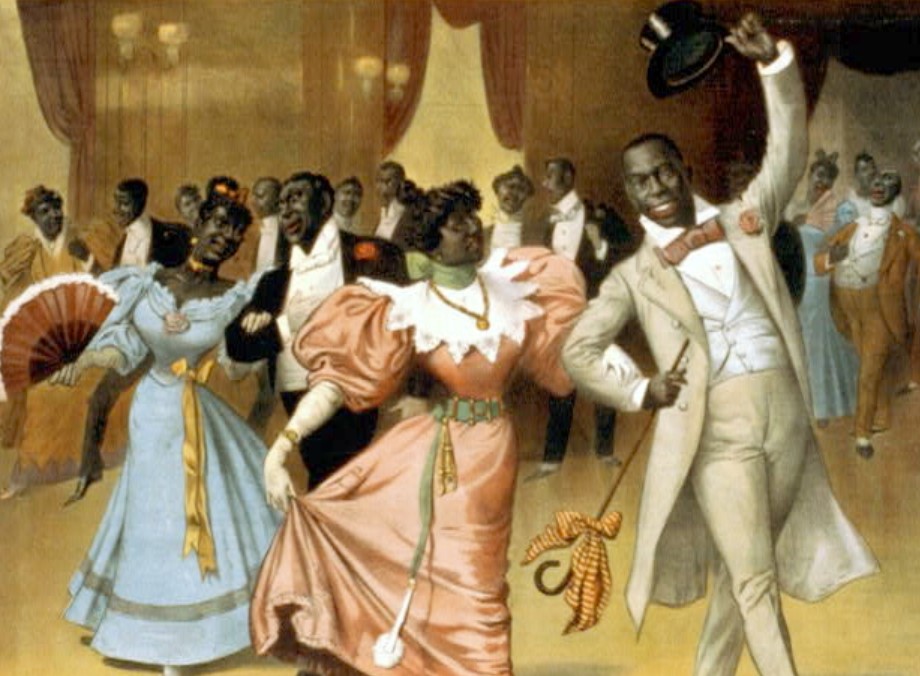 Strobridge Lithographing Co., Cincinnati & New York, Wikimedia Commons
Strobridge Lithographing Co., Cincinnati & New York, Wikimedia Commons
30. They Poked Fun At Her
Right after this performance, Williams regularly appeared on stage doing the very same dance in a more silly way. They did so to distract from Overton Walker’s skill and how she might be perceived to be attempting to fly above her station. But even that type of joke at her expense didn’t stop her from making bold performance choices.
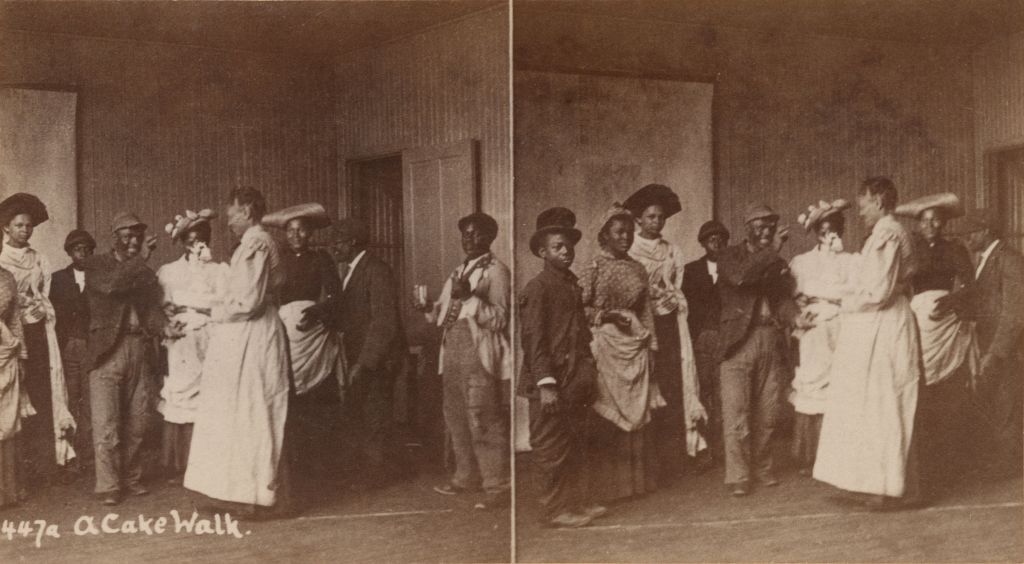 Michael Ochs Archives, Getty Images
Michael Ochs Archives, Getty Images
31. She Was Fearless
In the 1911 show, Lovie Dear, Aida Overton Walker made what some likely considered her most daring choice yet. She played the role of a man, basically in drag. With the prudish ideals of the day, this likely caused a little stir, but she didn’t seem overly concerned with those opinions. Perhaps she’d already grown accustomed to the naysayers.
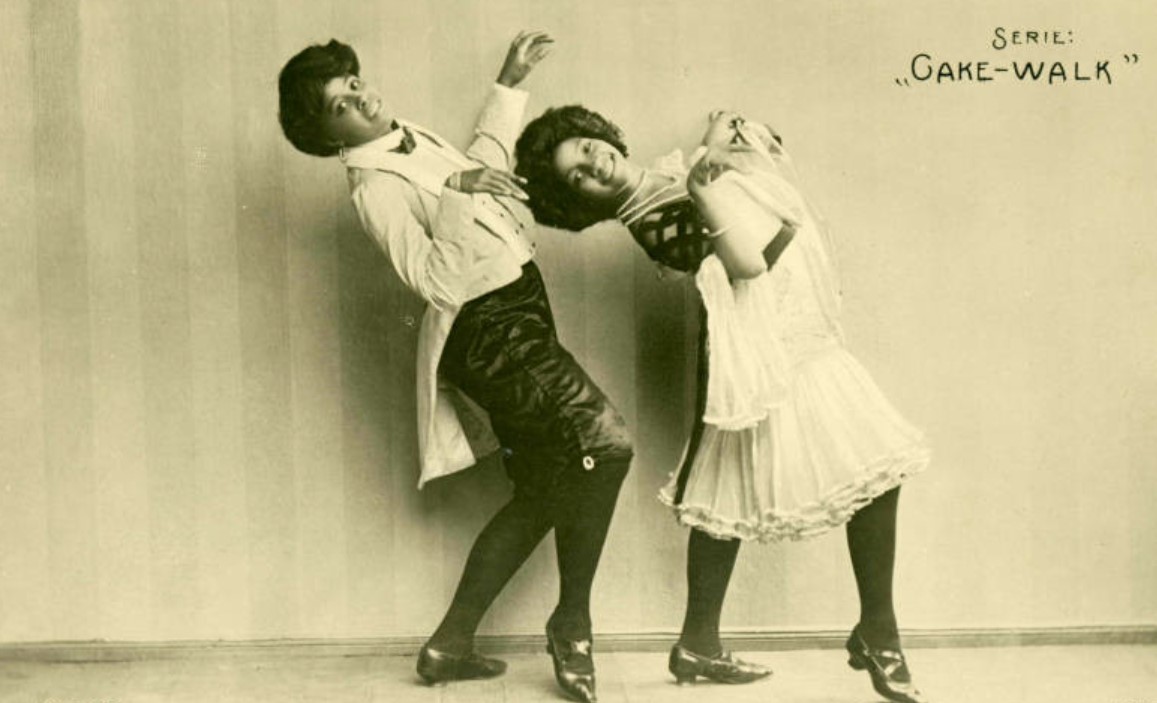 Becker & Maass, Wikimedia Commons
Becker & Maass, Wikimedia Commons
32. They Were Mistreated
Behind the scenes, Overton Walker and her two partners continued to struggle with the prejudice around them. While many stages permitted them to perform, several venues refused to allow them to actually stay or dine due to their skin color. Perhaps this brought on extra pressure, considering the strife between them as partners.
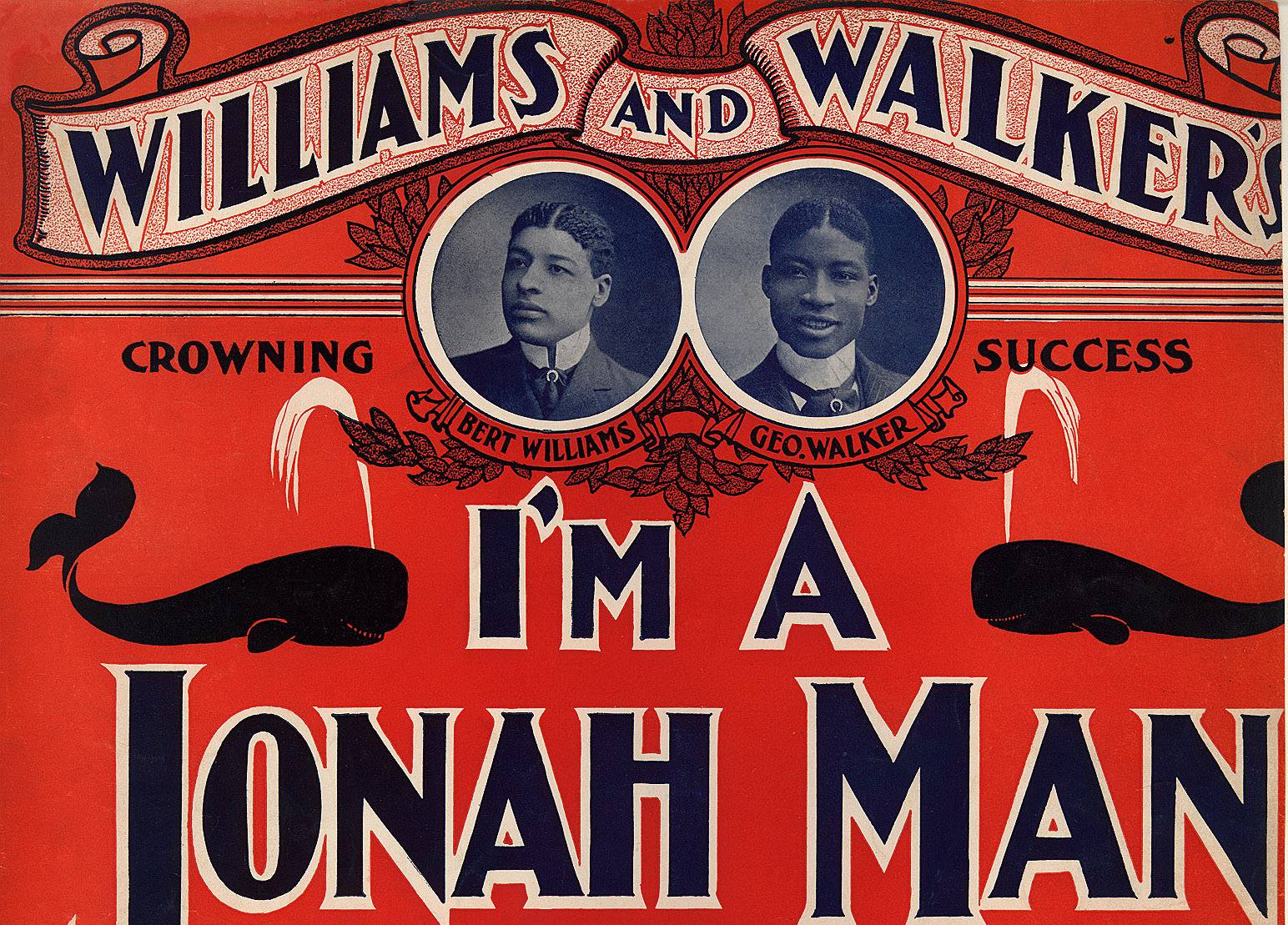 Alex Rogers, Wikimedia Commons
Alex Rogers, Wikimedia Commons
33. She Didn’t Like Him
Reportedly, Aida Overton Walker experienced her fair share of issues in dealing with her husband’s partner, Williams. Williams struggled with his choice to perform in blackface, which seemingly frustrated her so much that she called him a “damn fool know-it-all”. But considering her own husband’s alleged behavior, that might’ve been the least of her worries.
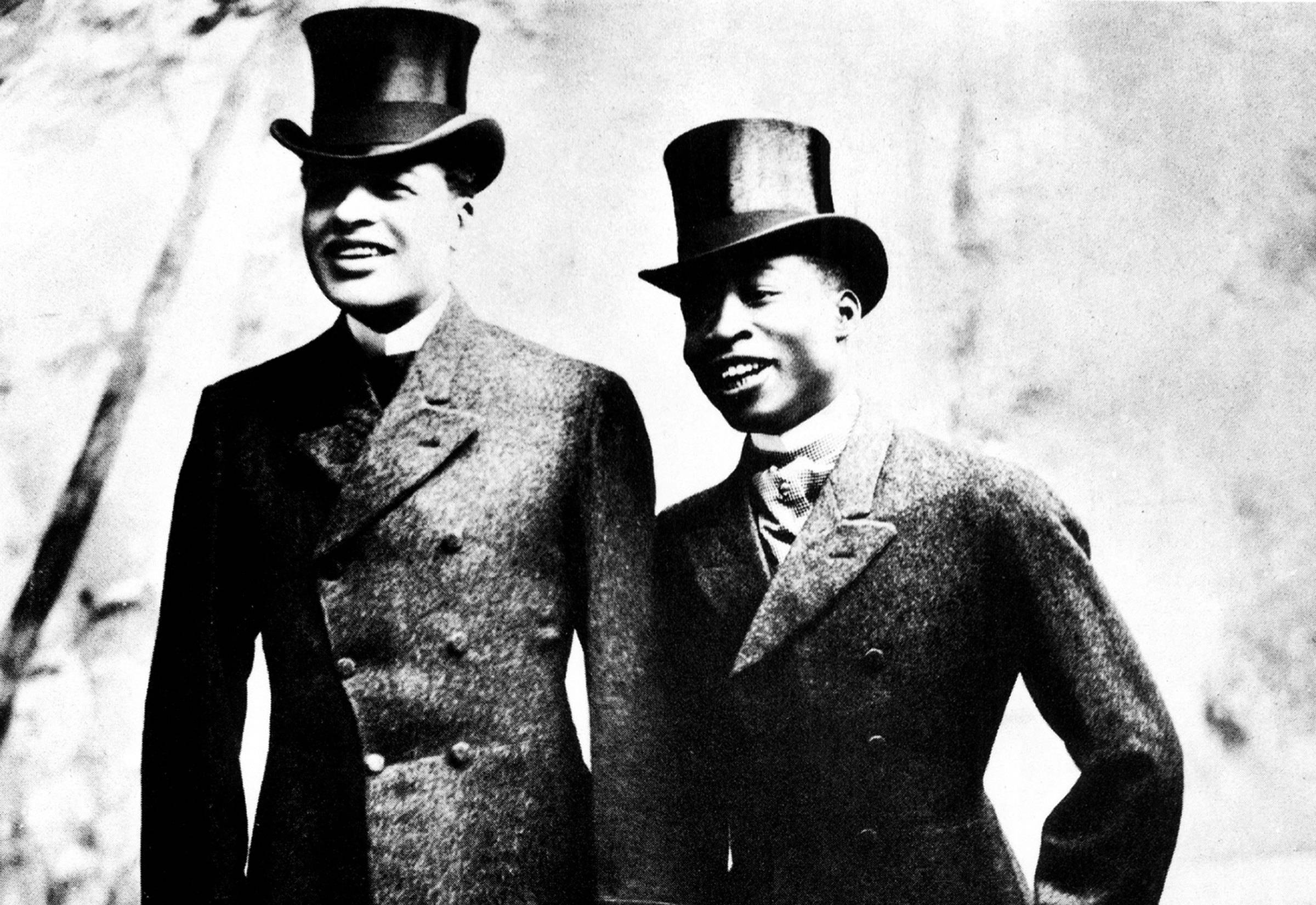 Donaldson Collection, Getty Images
Donaldson Collection, Getty Images
34. She Married A Lady’s Man
Reportedly, people knew George Walker to be every bit a playboy, adored by women everywhere he went. Although there are no explicit reports of infidelity, it isn’t hard to believe he didn’t stay faithful in his fast-moving life of entertainment. And if that doesn’t convince you of his questionable behavior, perhaps the next tragic turn of events might.
35. Things Got Weird
During the troupe’s run of Bandanna Land, Aida Overton Walker noticed her husband displaying extremely strange behavior. Not only did he struggle to remember his lines, seemingly for the first time, but he also began to slur words when he spoke. When she finally got her husband to a doctor, he was already too far gone.
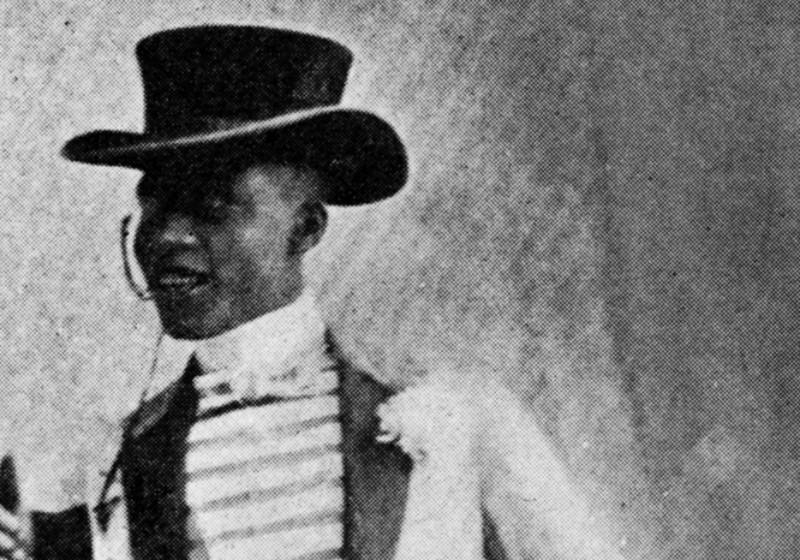 Maud Cuney-Hare, Wikimedia Commons
Maud Cuney-Hare, Wikimedia Commons
36. She Lost Him
Doctors diagnosed Walker with syphilis, and he passed shortly after his diagnosis in 1911. The disease is contracted primarily through intimate contact, and there’s no report of doctors diagnosing Aida Overton Walker with it at any point. Though he was her first love, Overton Walker didn’t take any time to grieve…
37. She Moved On Quickly
Rather than end the run of Bandanna Land, Aida Overton Walker made a daring decision. She took over her husband’s role. She already knew his part well, so she got into his costume and did his entire role for the remainder of the show. It’s very likely this caused its own bit of gossip and controversy. Surprisingly, though, she turned out to be too impressive to hate.
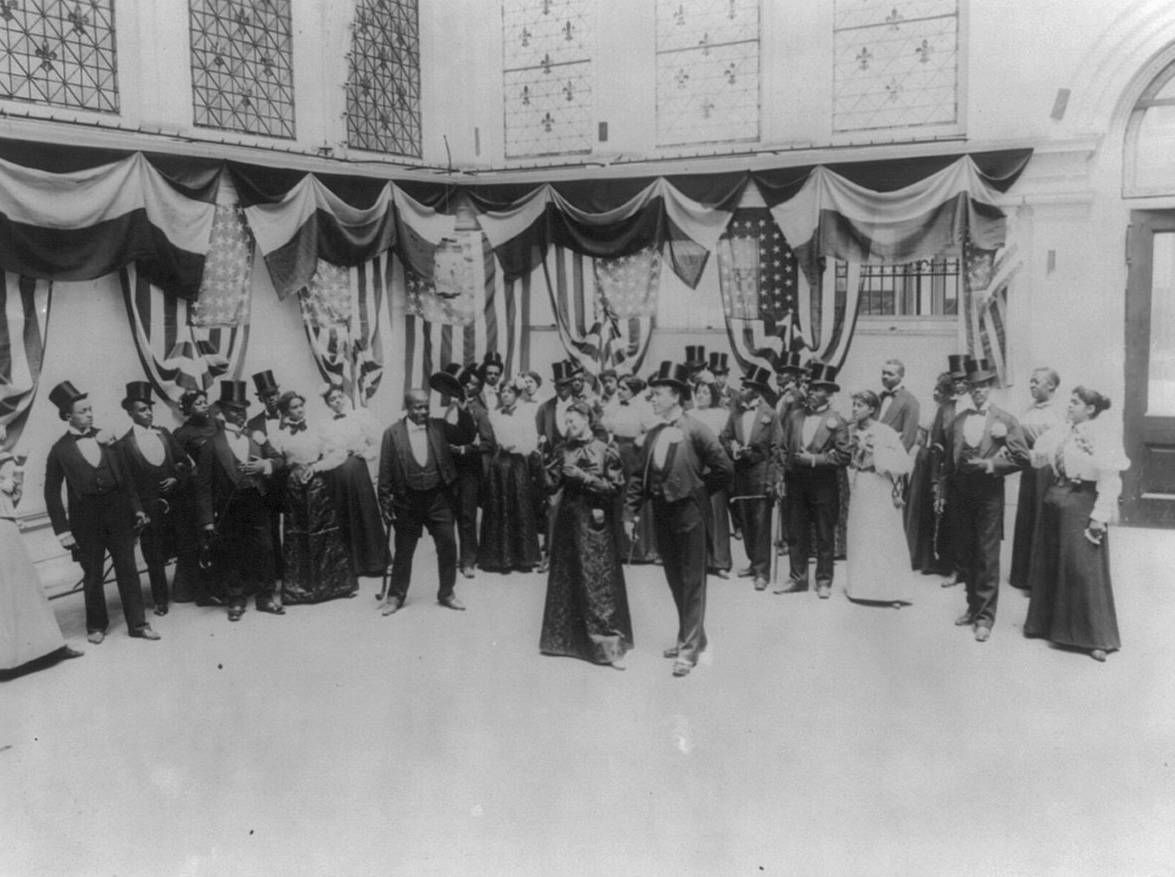 Miscellaneous Items in High Demand, PPOC, Wikimedia Commons
Miscellaneous Items in High Demand, PPOC, Wikimedia Commons
38. They Loved Her
Somehow, performing in drag only accelerated Overton Walker’s career. Audiences seemed to love her even more in her late husband’s role than they did in her own roles. Reporters even called her “the hit of the show”. Still, once the show ended, she found herself with a now incomplete group to deal with. Her next move turned out to be iconic.
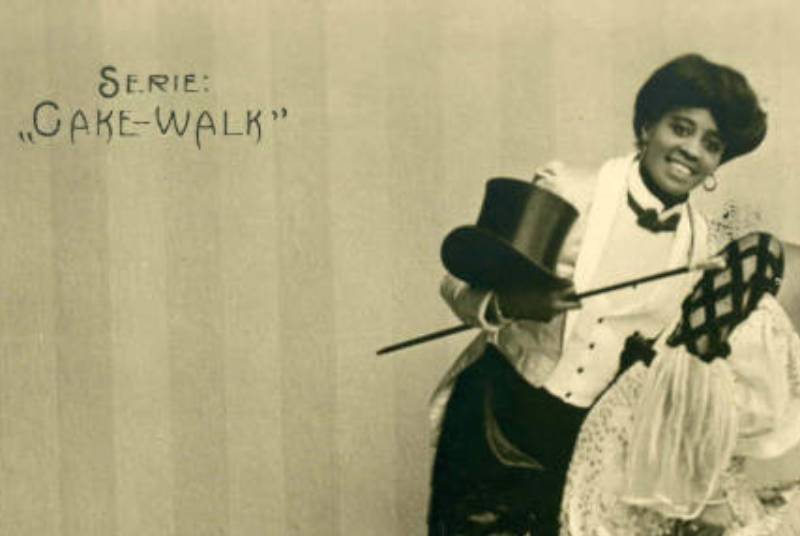 Becker & Maass, Wikimedia Commons
Becker & Maass, Wikimedia Commons
39. They Broke Up
Despite their many years working together, Aida Overton Walker and Bert Williams went their own ways once Bandanna Land ended. This definitely makes it seem like there was no love lost between the two. Either way, perhaps their separation came at just the right time, as Overton Walker found herself in just the right spot to rise to stardom.
40. She Shined
Aida Overton Walker continued to perform, landing roles in Broadway shows like The Red Moon. From her now long career in entertainment, she no doubt displayed an amazing amount of expertise in acting, choreography, and even costuming. Even so, the thing that made her more famous than anything else is the unusual path she forged forward.
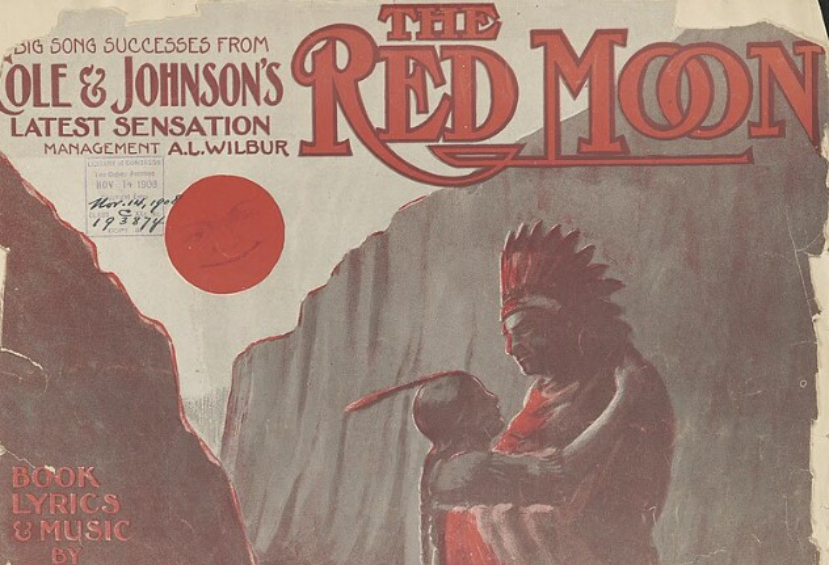 J. Rosamond Johnson; Robert Cole, Wikimedia Commons
J. Rosamond Johnson; Robert Cole, Wikimedia Commons
41. She Played A Man
Her work in her husband’s role seemingly changed her path, as she went on to play males in several roles to follow. These performances became so popular that fans made her a bit of an icon in the niche. Even newspapers featured cartoons of her dressed as a man. But she didn’t just take all the praise, she also used her fame for good.
42. She Spoke Up
With the prejudice Aida Overton Walker still faced in her day to day life, she felt the need to speak out against it. She believed her work as an artist held the potential to make a difference, stating her work did “more toward the alleviation of color prejudice than any other profession”. She didn’t just talk, though, she put action to her words.
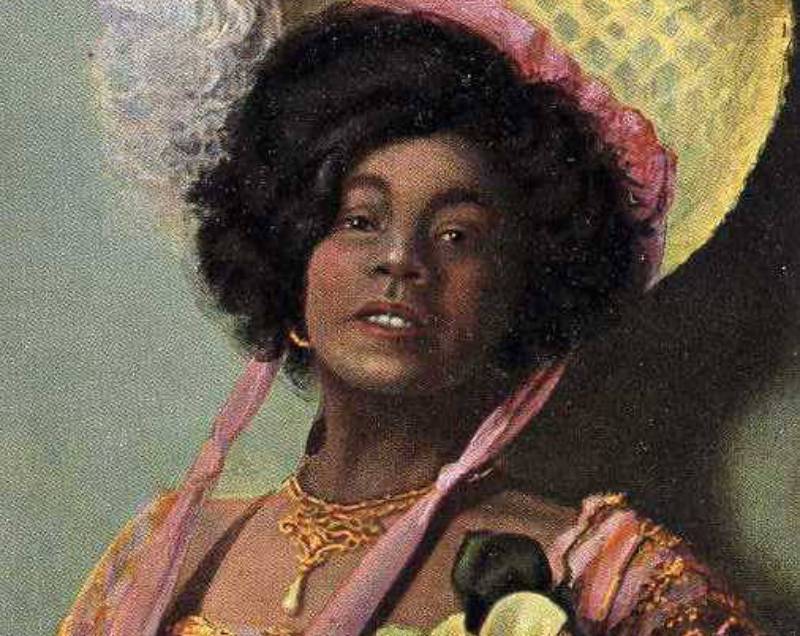 Unknown Author, Public domain, via Wikimedia Commons
Unknown Author, Public domain, via Wikimedia Commons
43. She Left Her Mark
Aida Overton Walker actively campaigned for equal treatment of Black performers, both in the arts and in their regular lives. She used her own negative experiences to display the inequalities of the era. Perhaps even more importantly, though, she remembered her own background, and decided to pass on a favor she received decades prior.
44. She Gave Back
Overton Walker started her own vaudeville troupes. She used them especially to train young Black women in the arts, much like Siissiereta Jones did for her in her teen years. But even with her passion and activism, she just couldn't completely let go of her flair for the dramatic. The stage kept calling to her, and she answered every time.
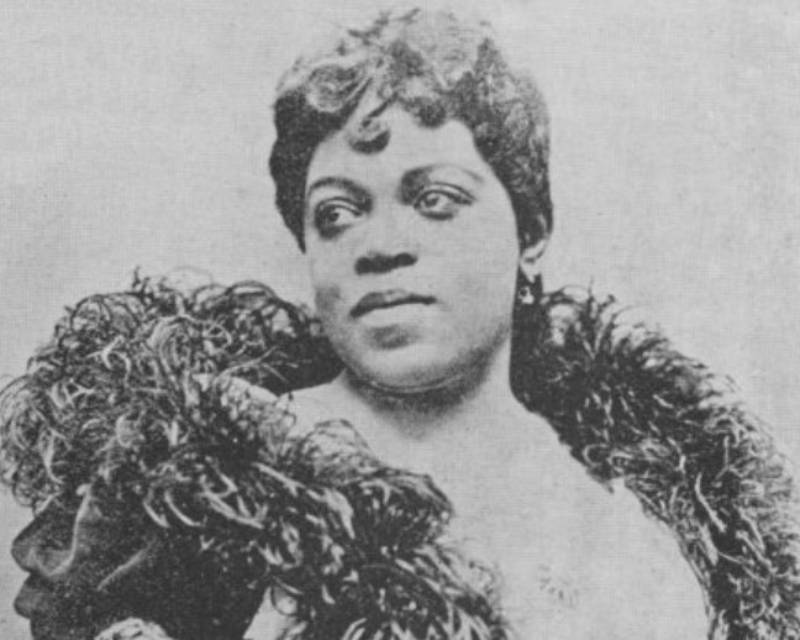 James T. Haley, Wikimedia Commons
James T. Haley, Wikimedia Commons
45. She Kept A Secret
In 1912, Aida Overton Walker landed a very special role at the Victoria Theater. The producer kept the star of the show under wraps for many weeks, causing people to make their own assumptions of who the star could be. When he finally revealed Overton Walker as the star, it came as quite a surprise, and for several interesting reasons.
46. She Got Steamy
The Salomé served as the premiere dance of the show. Inspired by a sensual dance in the Bible that ended in an apostle losing his head, it presented a woman dancing suggestively with veils. This raised issues for her as a female artist, and what people expected to be decent behavior for women. But once again, her blackness caused the most debate.
47. She Stood Out
While sensual, the dance still required a certain amount of skill and artistry that many white audiences at the time didn’t associate with a Black performer. However, as always, Aida Overton Walker completely impressed with her performance. She earned her spot among white female artists of the era, and cemented it with her next big moves.
48. She Went Big Time
Now an entirely accomplished artist across the board, Overton Walker tried her hand at directing shows across the country. Even more, she continued to evolve in her choreography skills as new dances grew in popularity. Her star continued to rise, with no apparent limit to what she could achieve. That is, until a shocking, unexpected end.
49. She Lost Her Chance
Just three years after losing her husband suddenly, Aida Overton Walker began to feel ill as well. When she ultimately found herself too sick to work, she went in to get checked. Doctors diagnosed her with kidney failure. In only about two weeks since she began feeling the symptoms, she passed suddenly at the age of 34 years old.
50. She Left Her Mark
Her passing came as such a shock people didn’t believe the news right away. Reportedly, large numbers of people made their way to her home when they heard the news, hoping it to be false. Unfortunately, they did indeed find her already gone. Even so, her legacy of greatness remains a story of resilience with the ability to inspire many.
You May Also Like:
RuPaul Charles, The King Of Drag Queens
Divine, The First Lady Of Trash Cinema
Maria Felix’s Life Was Full Of Dark and Twisted Scandals

